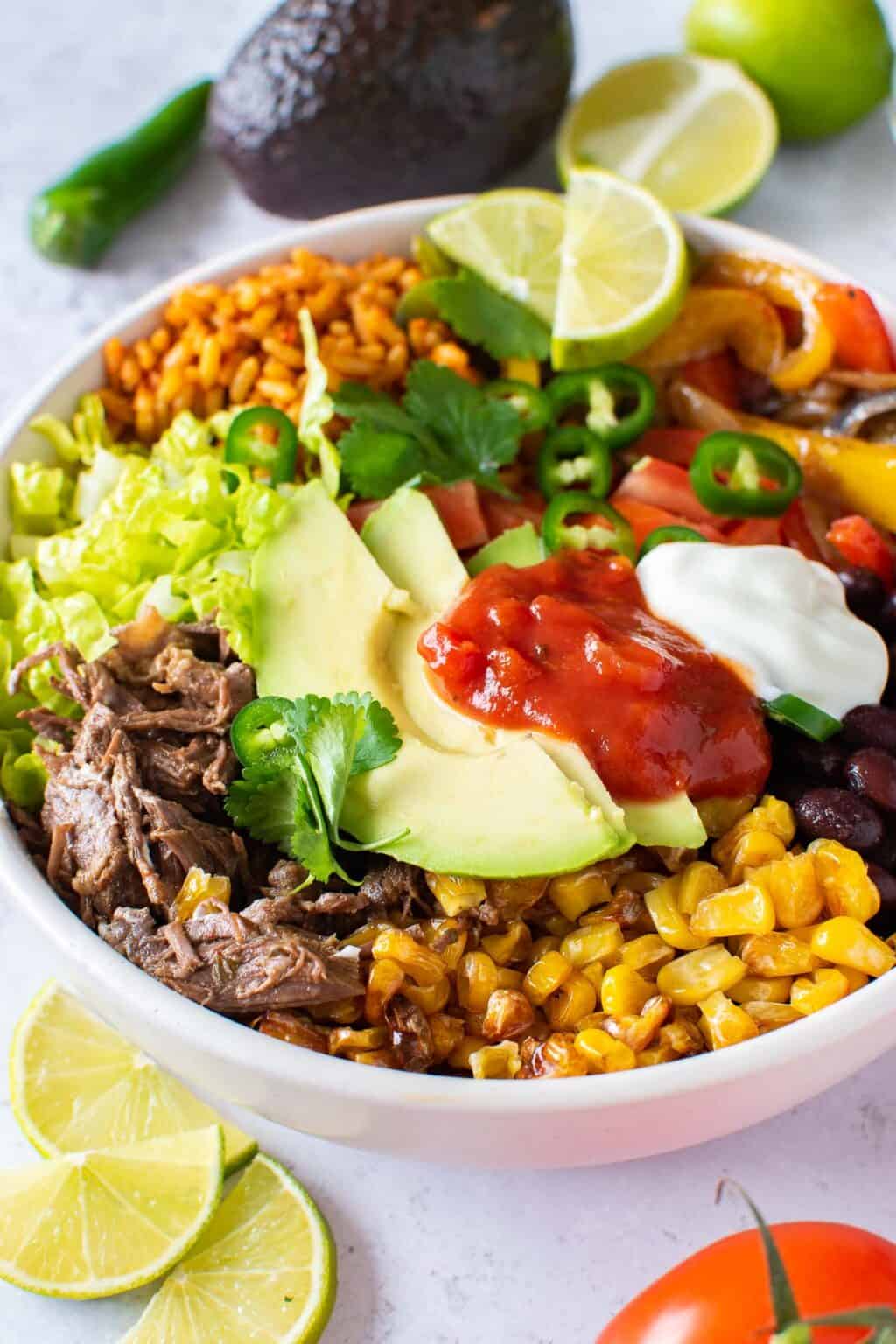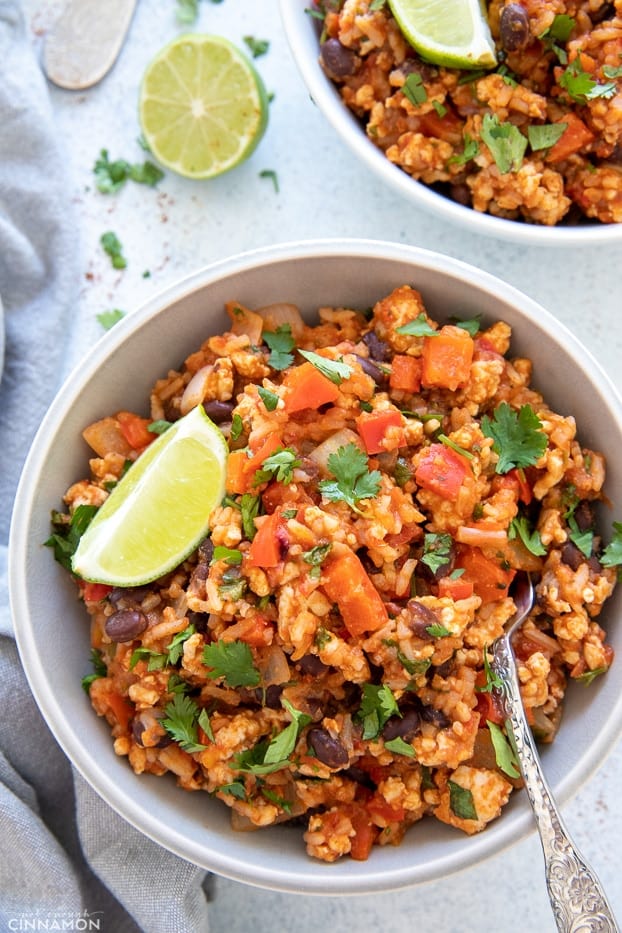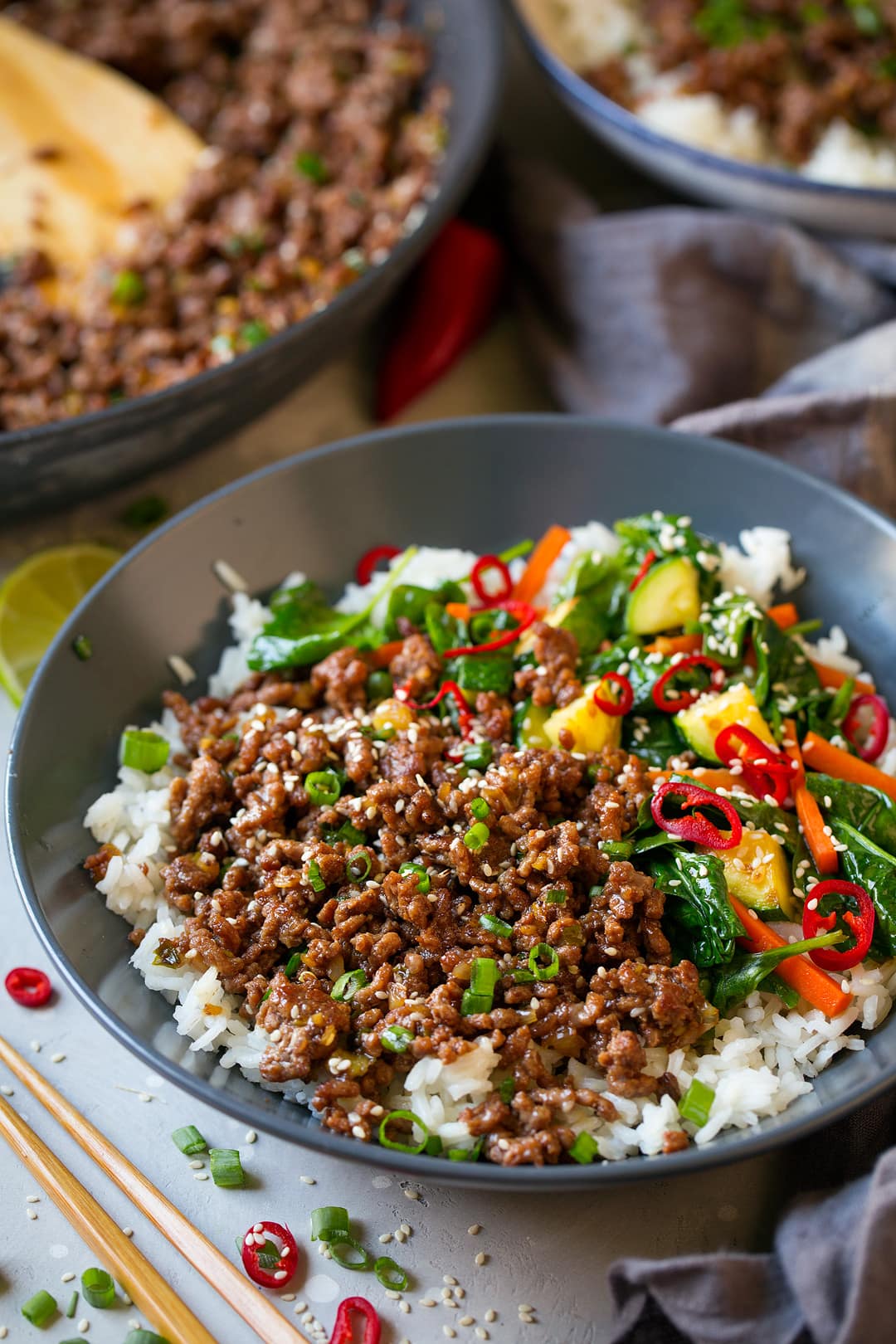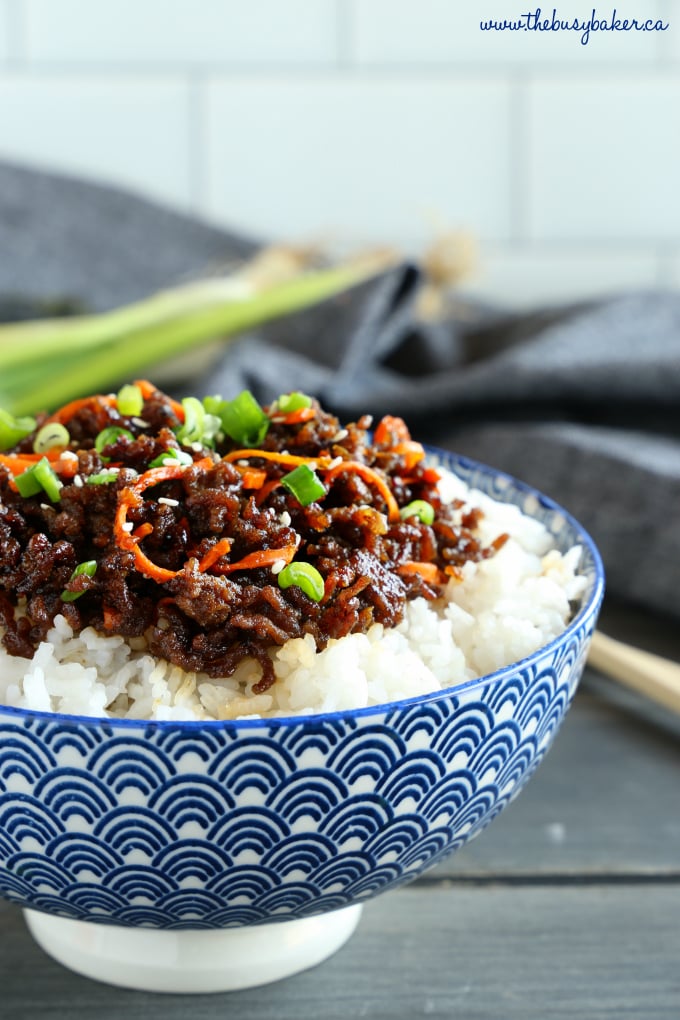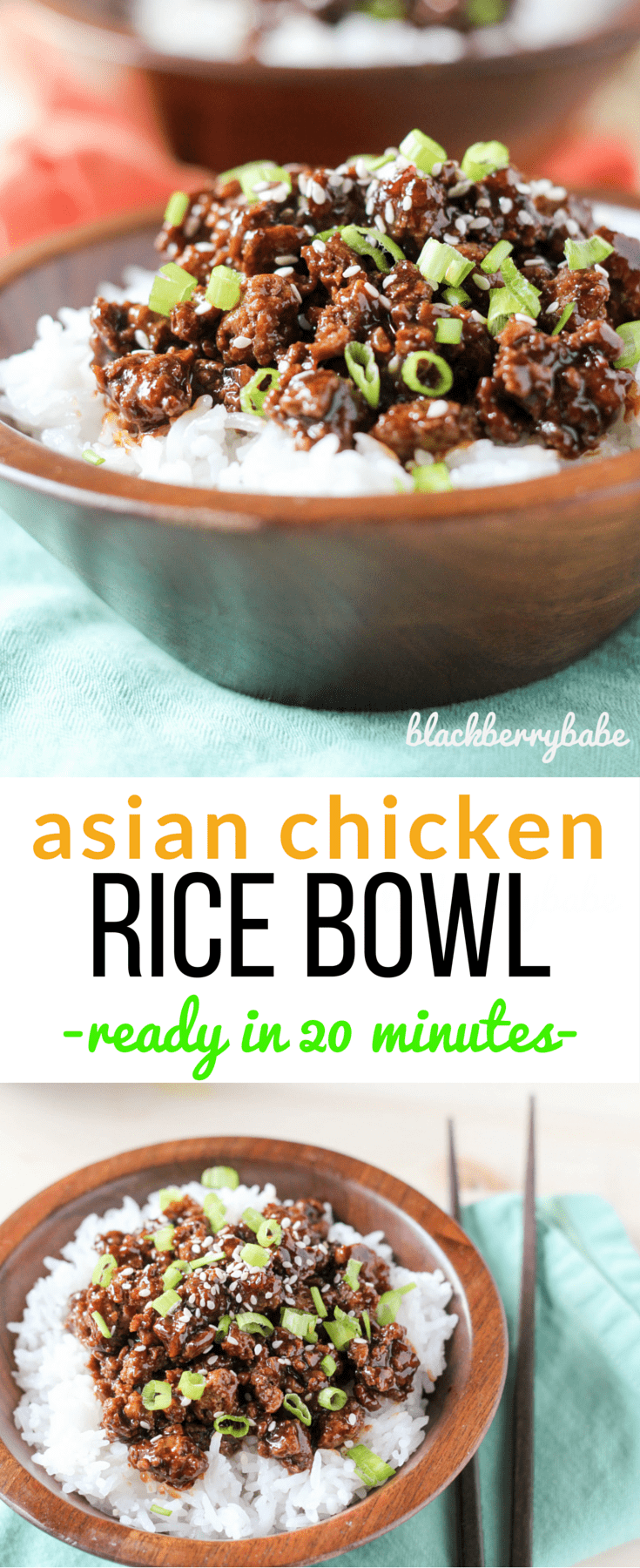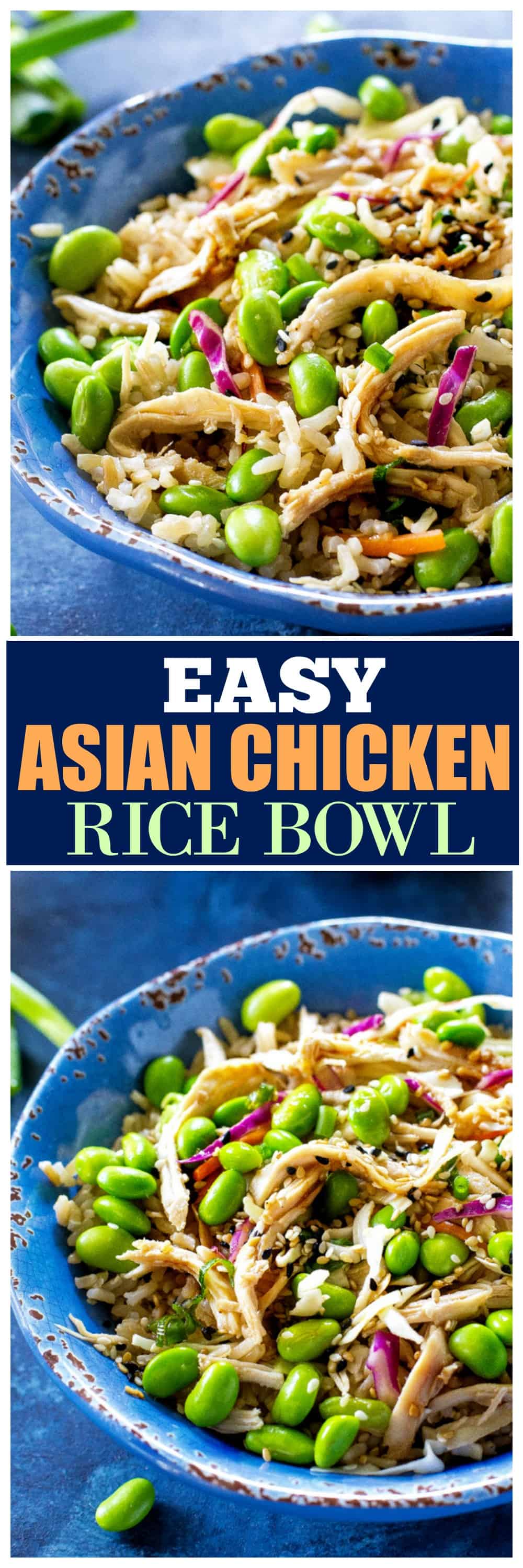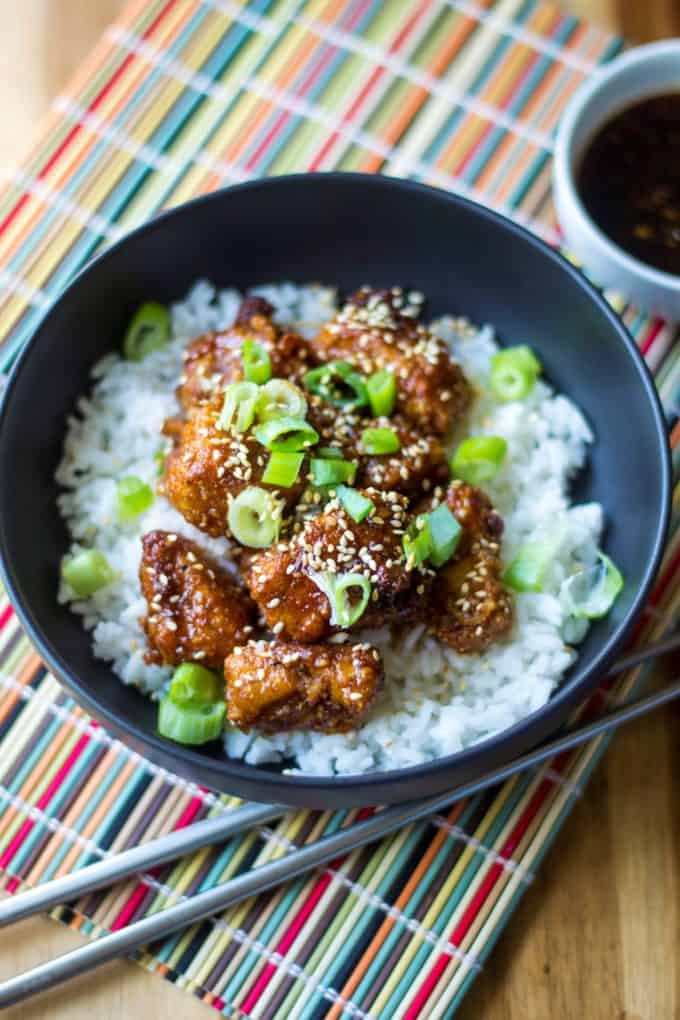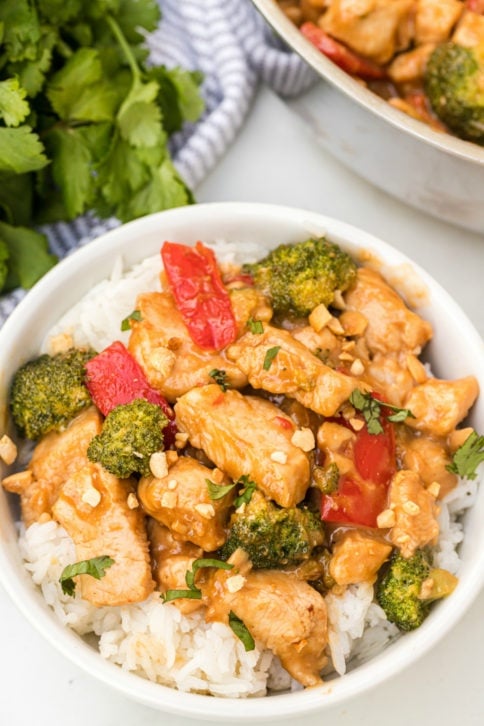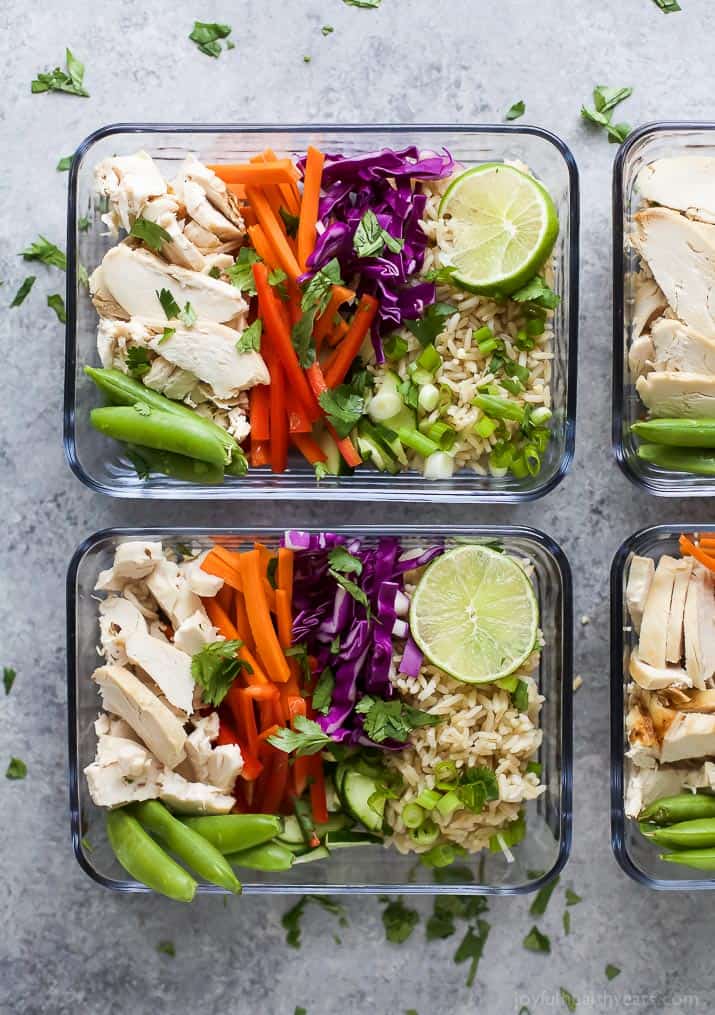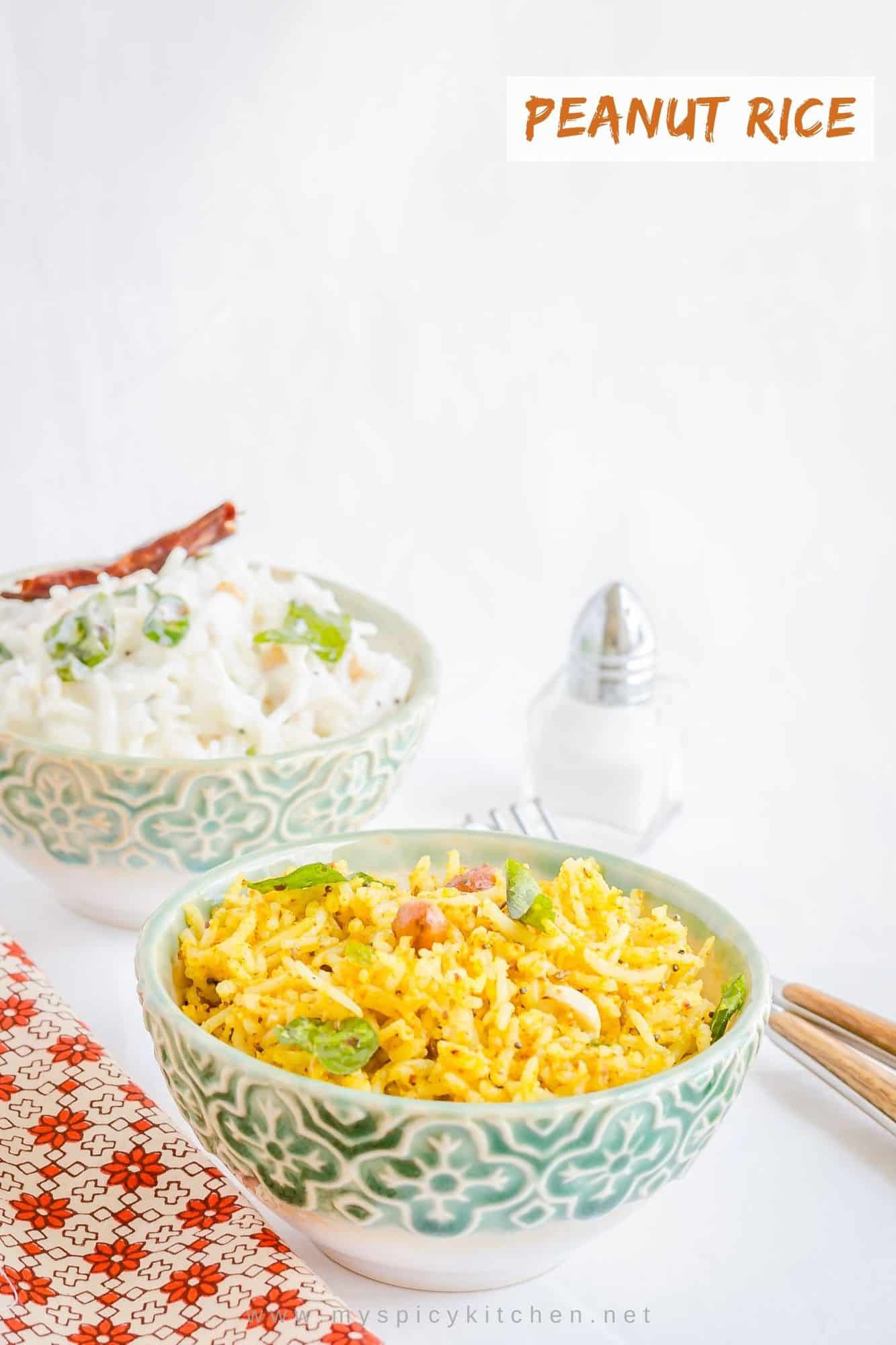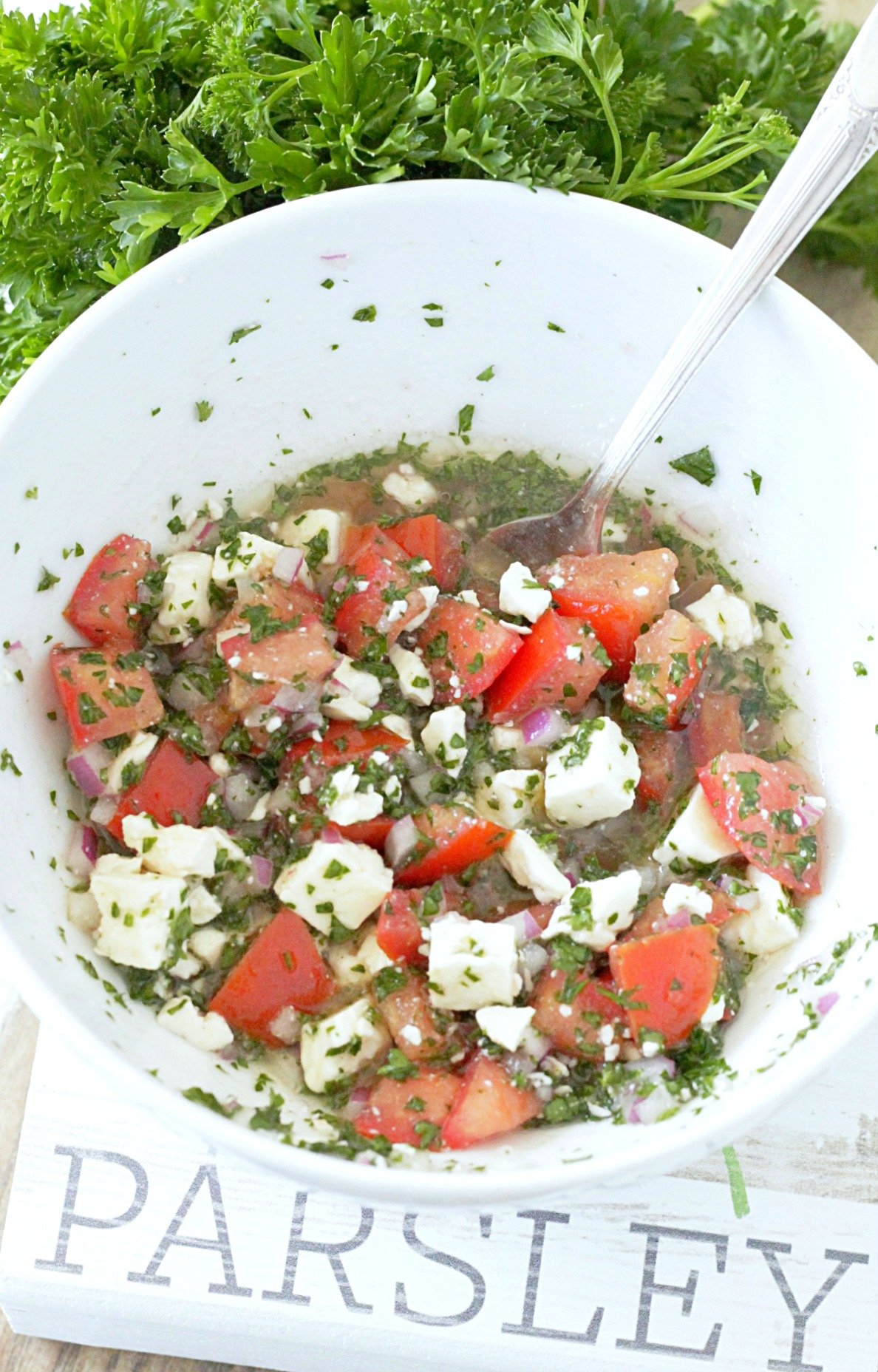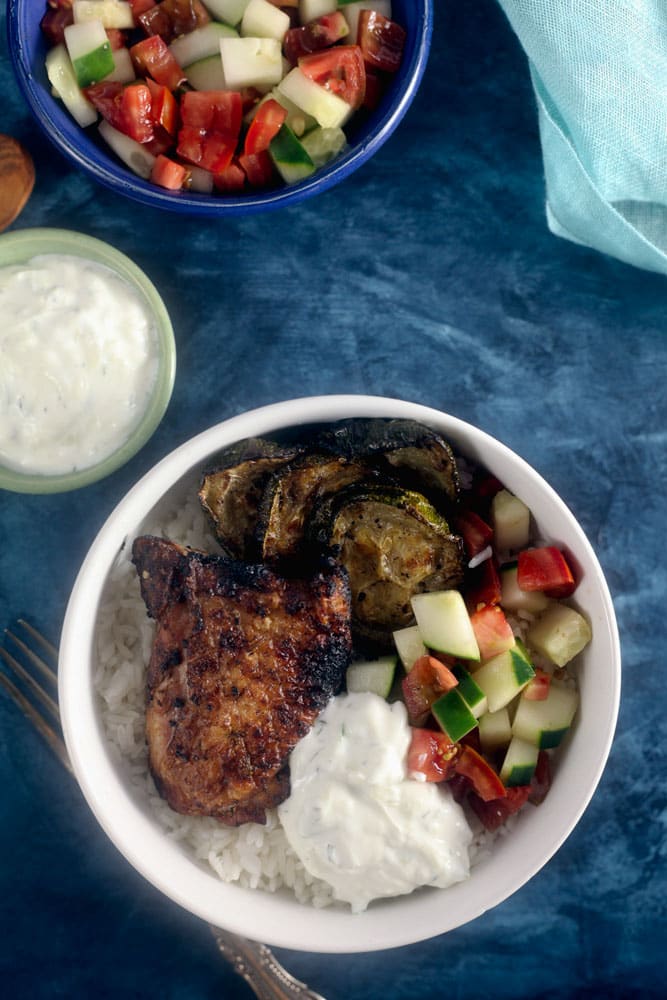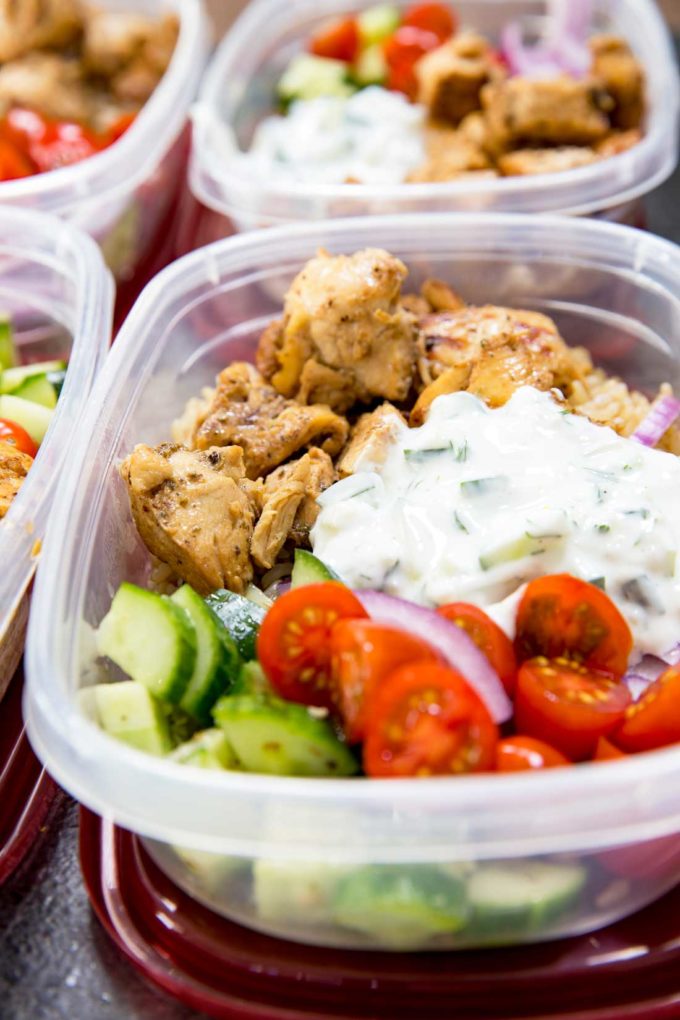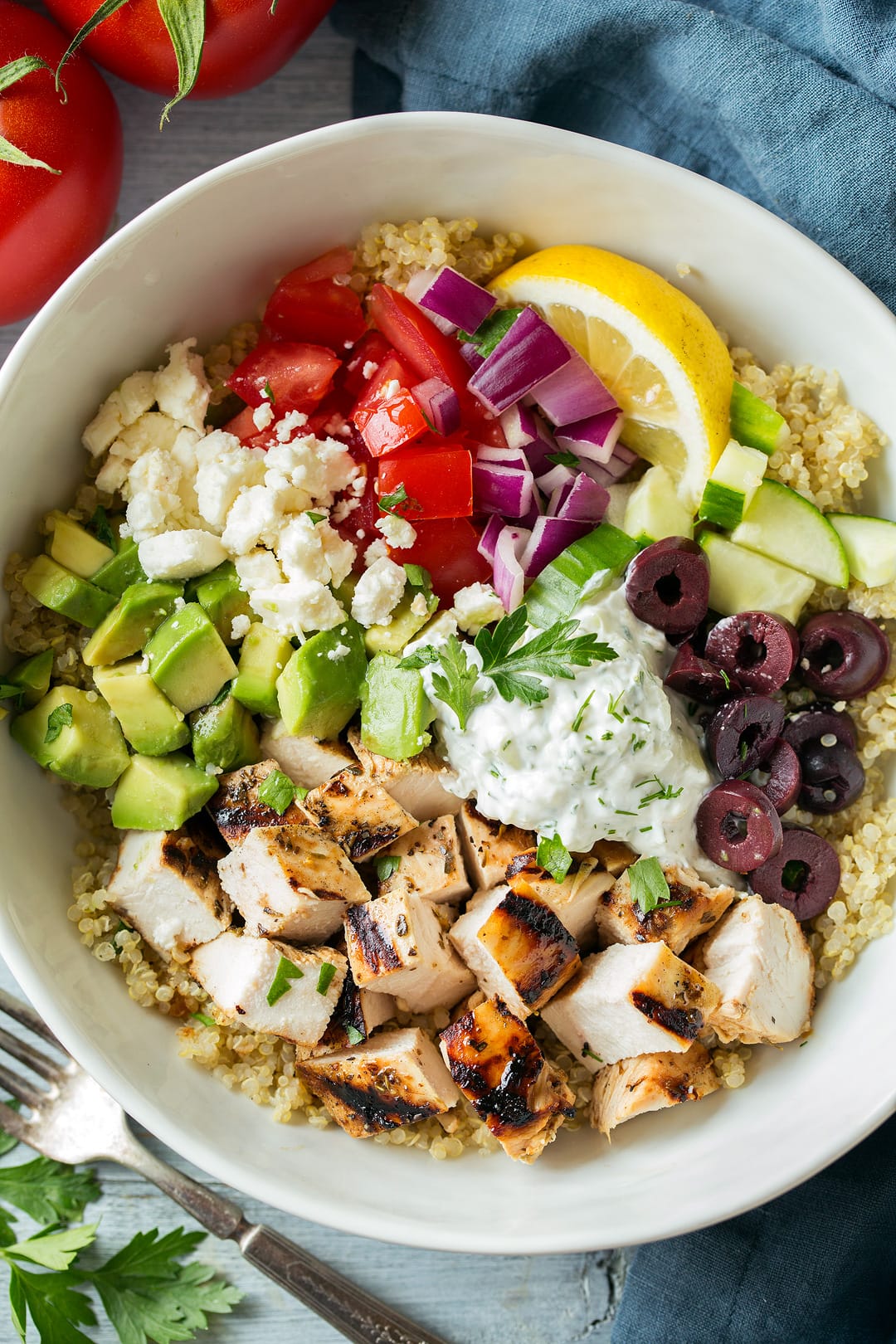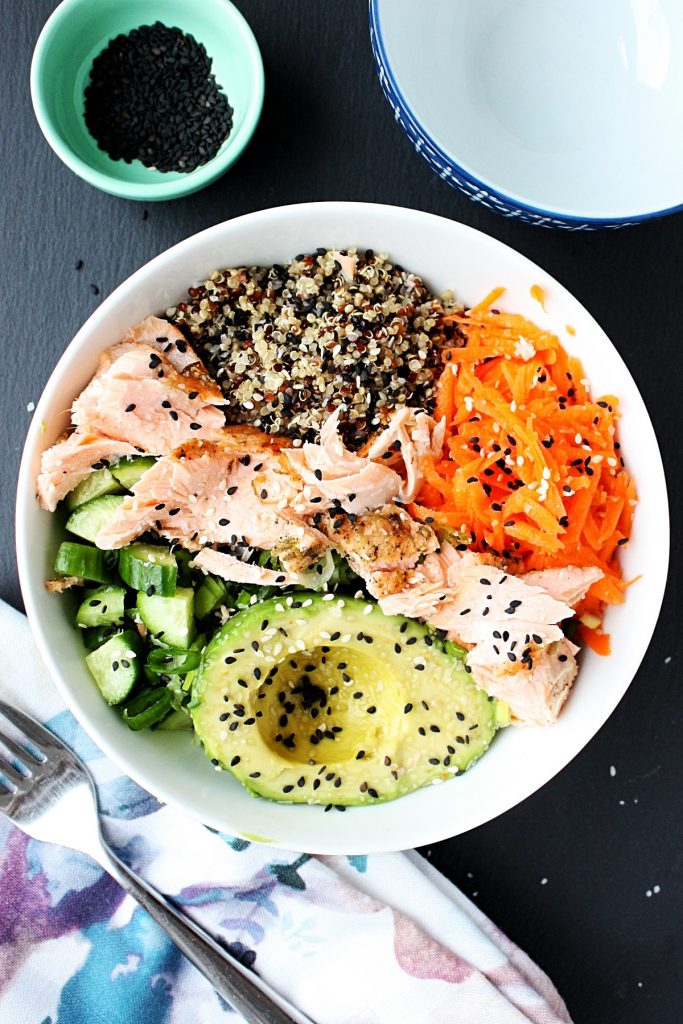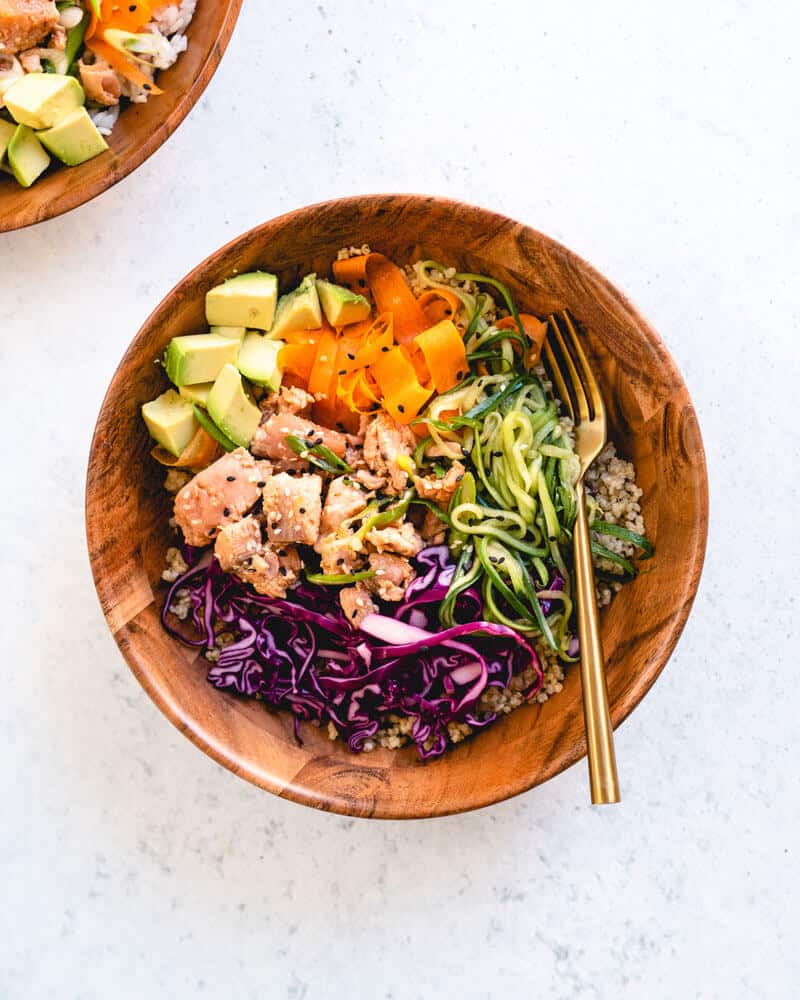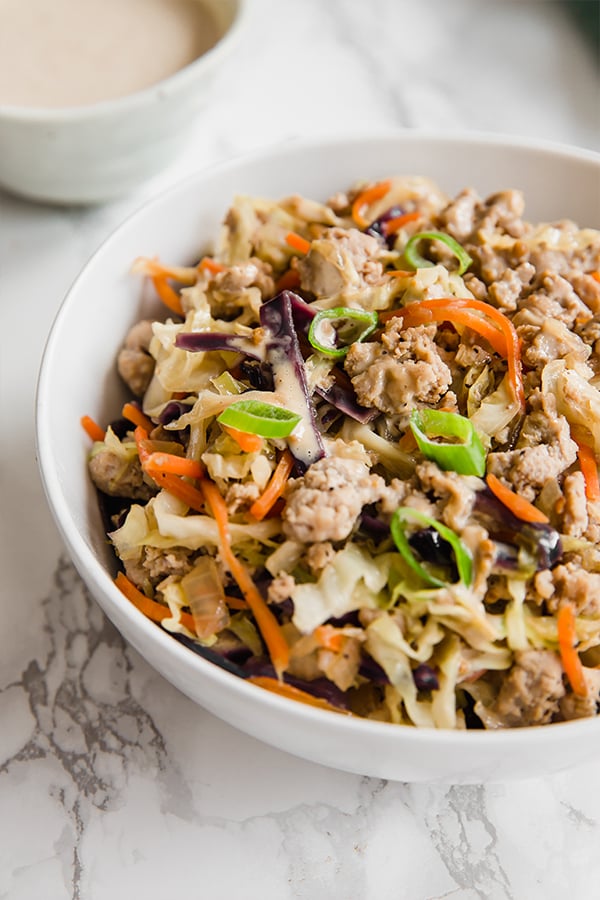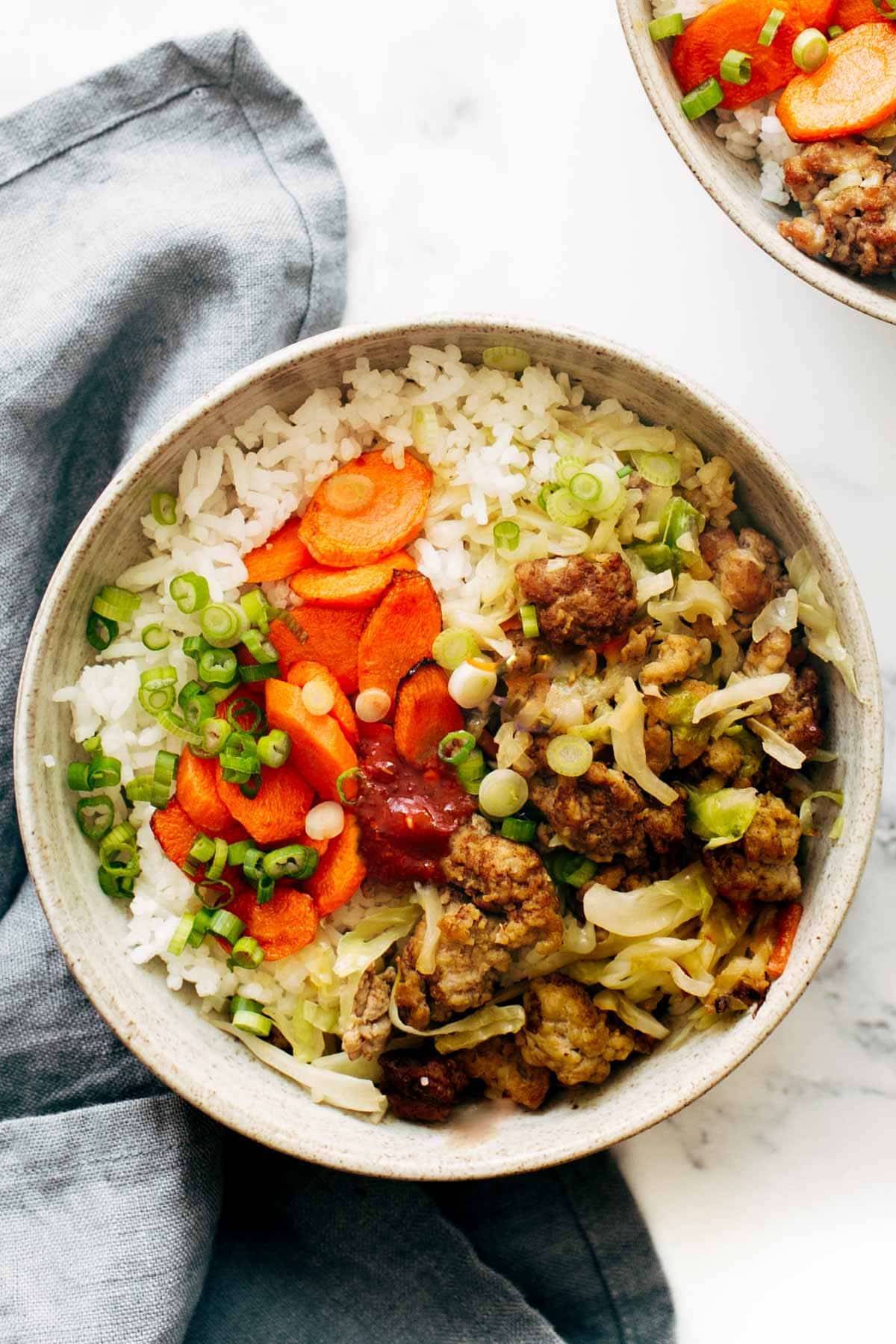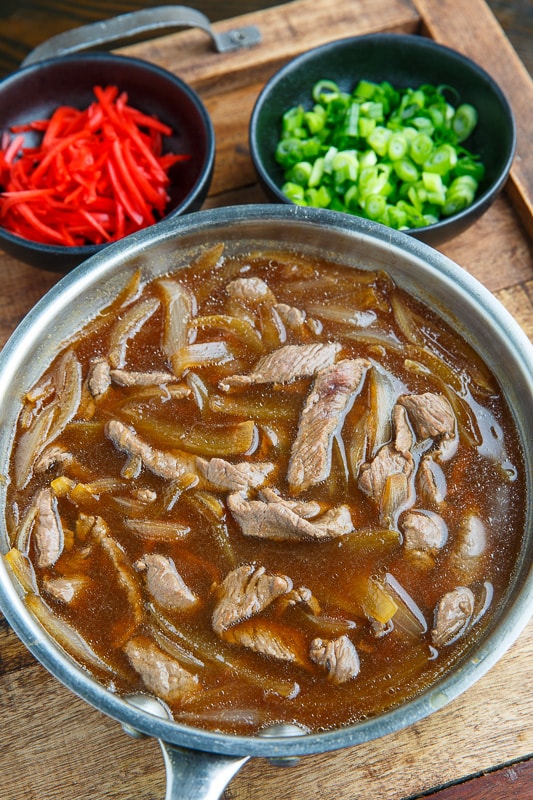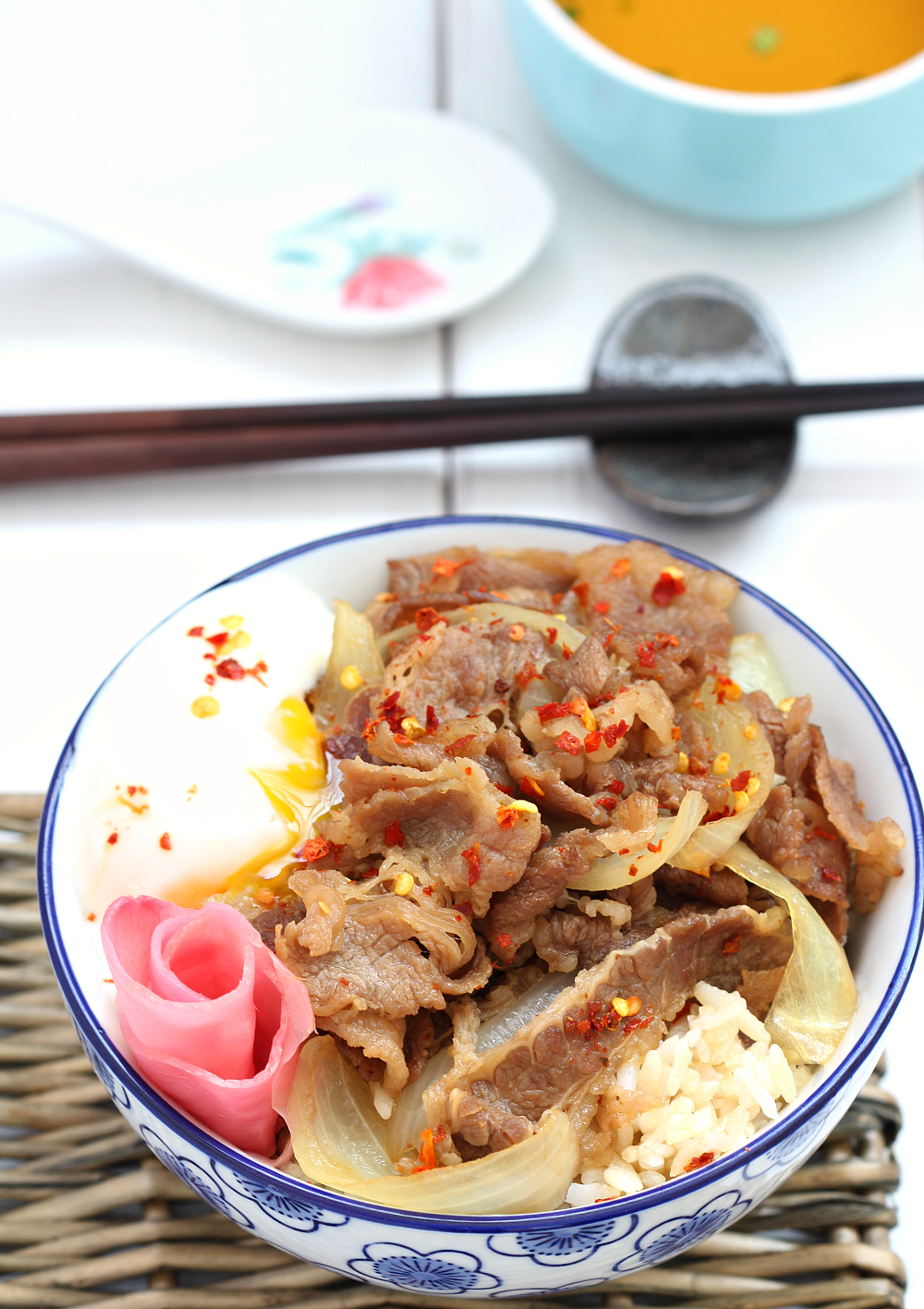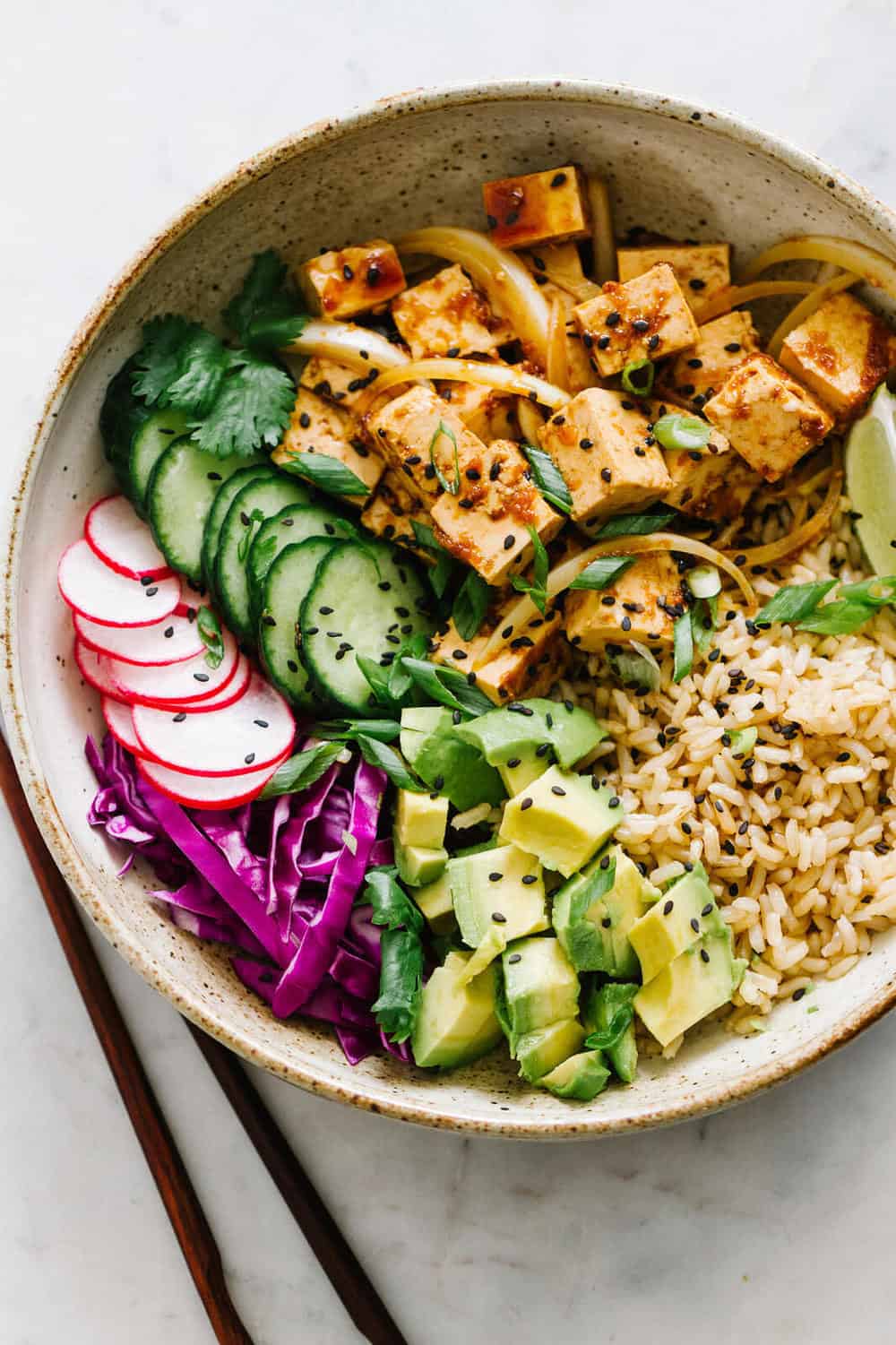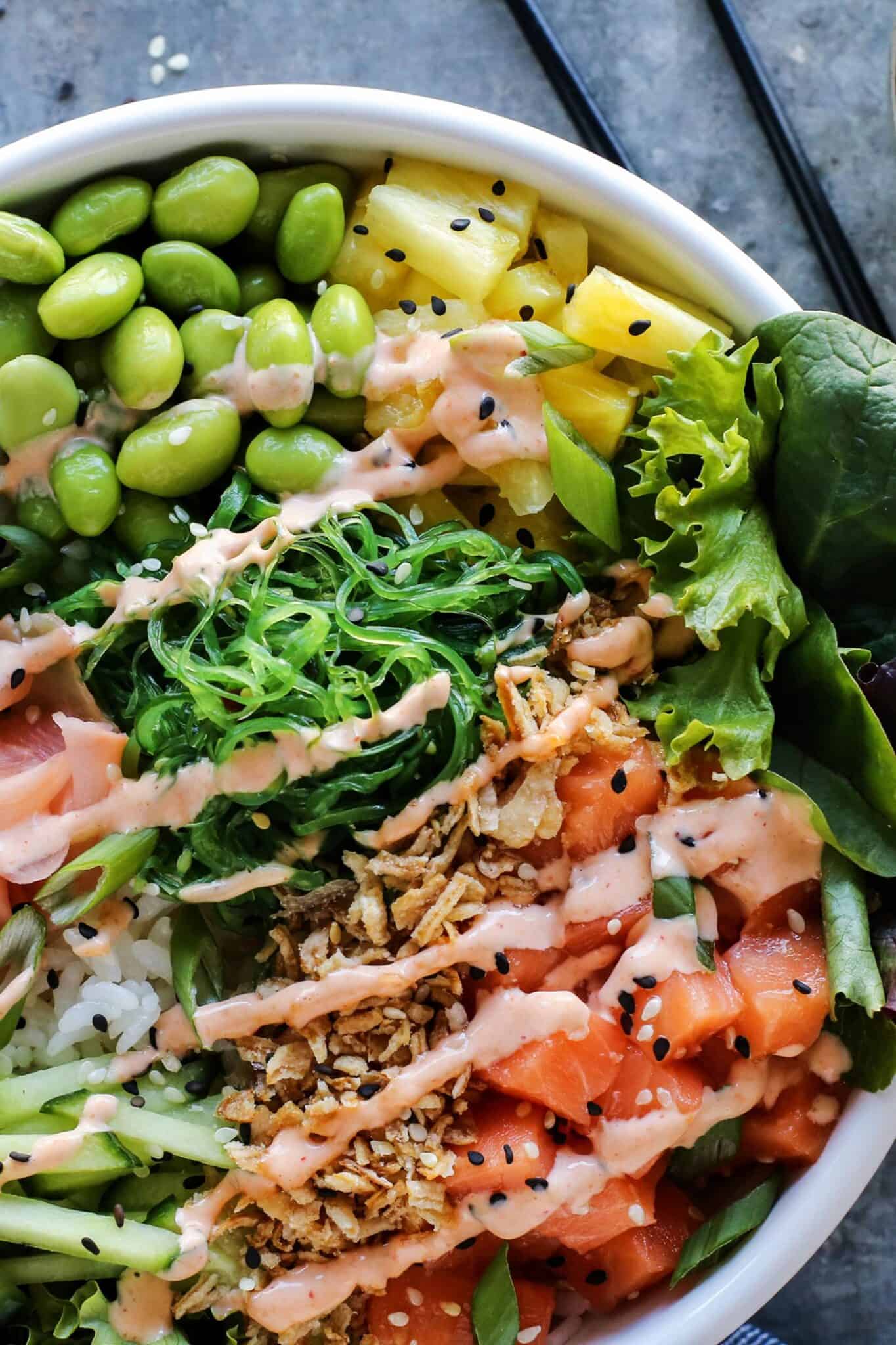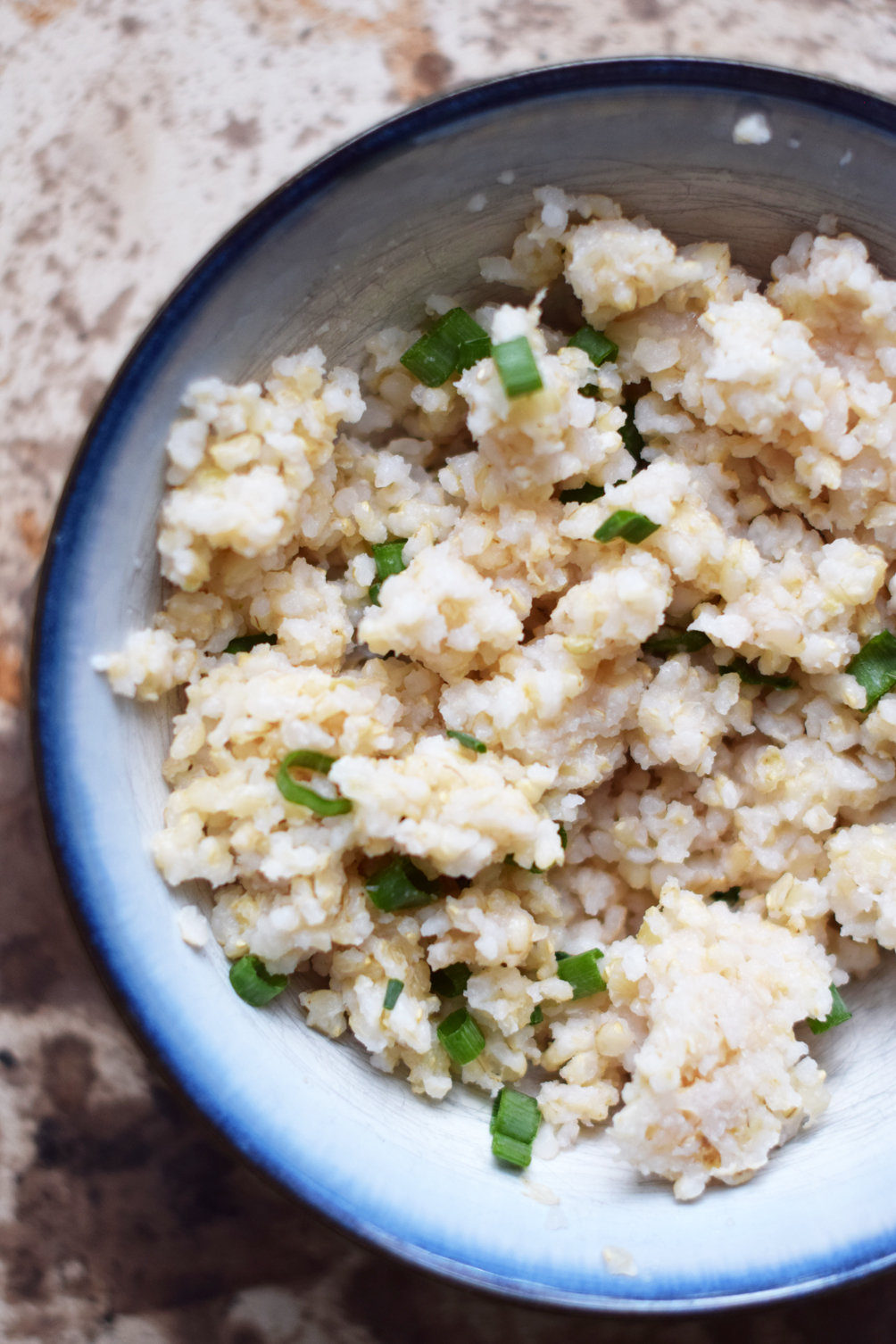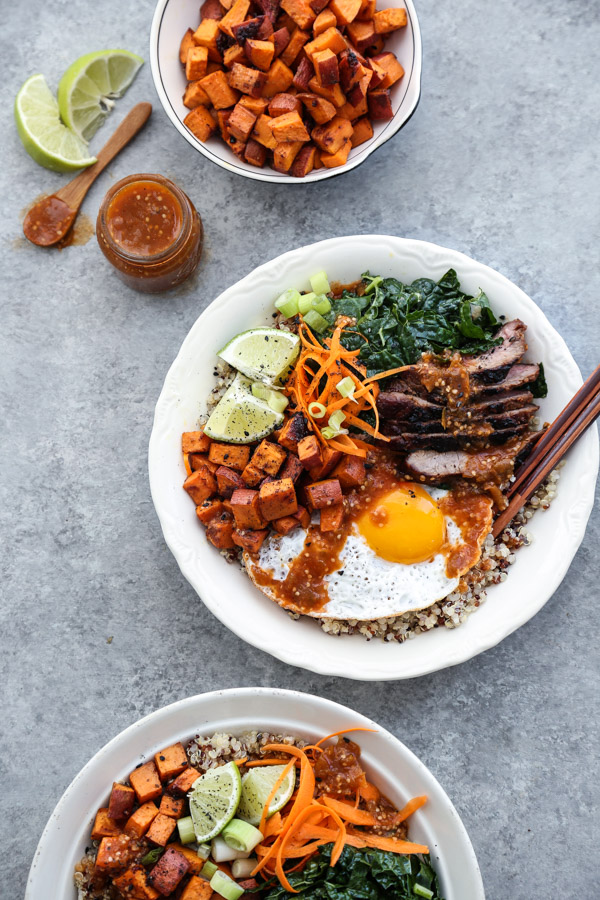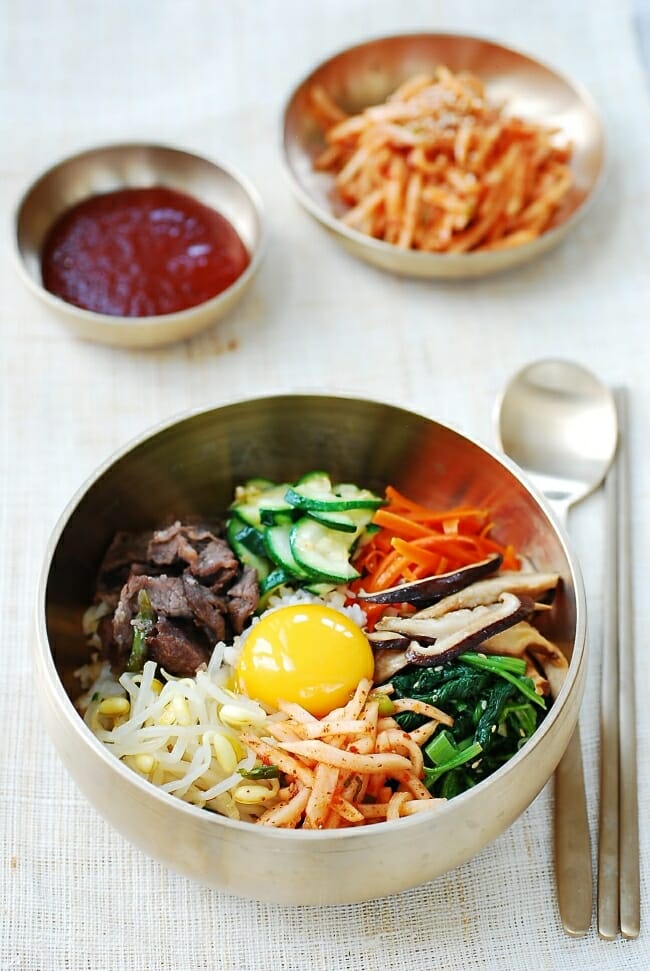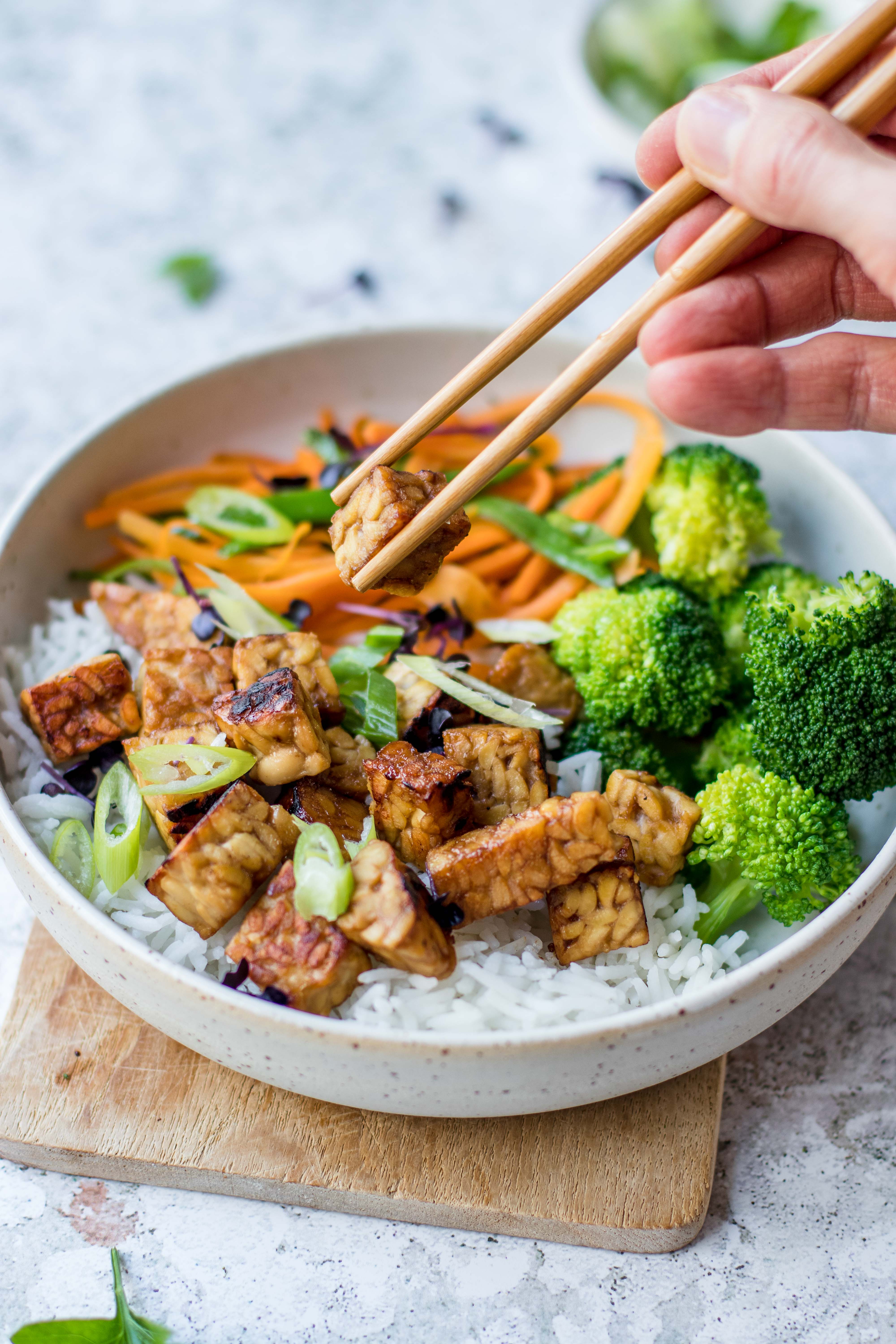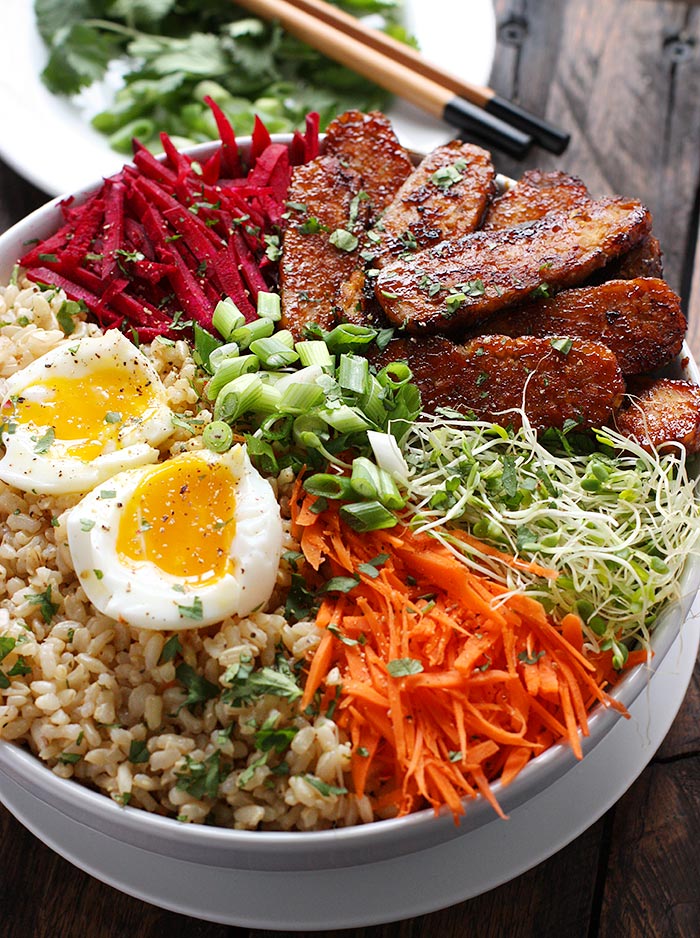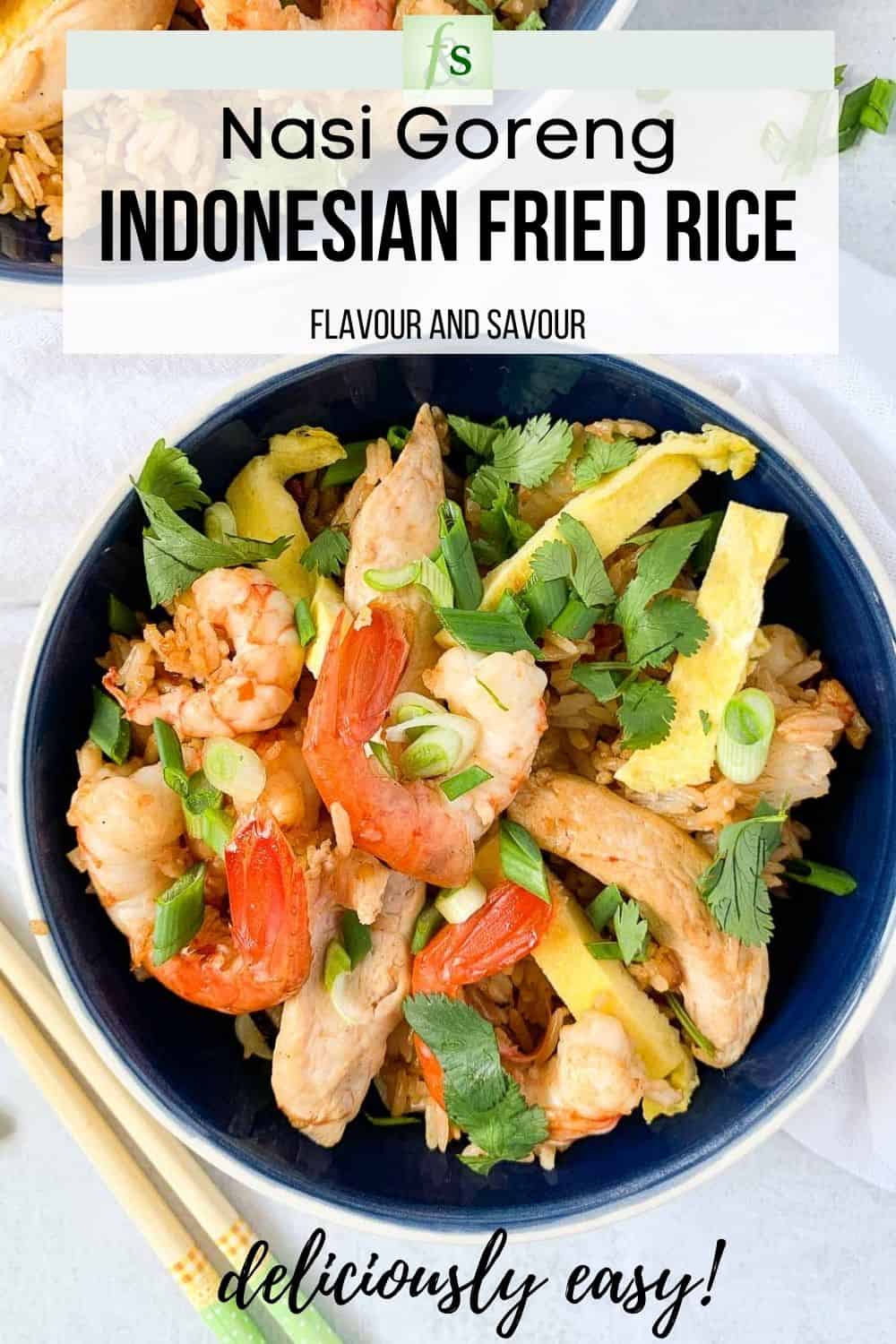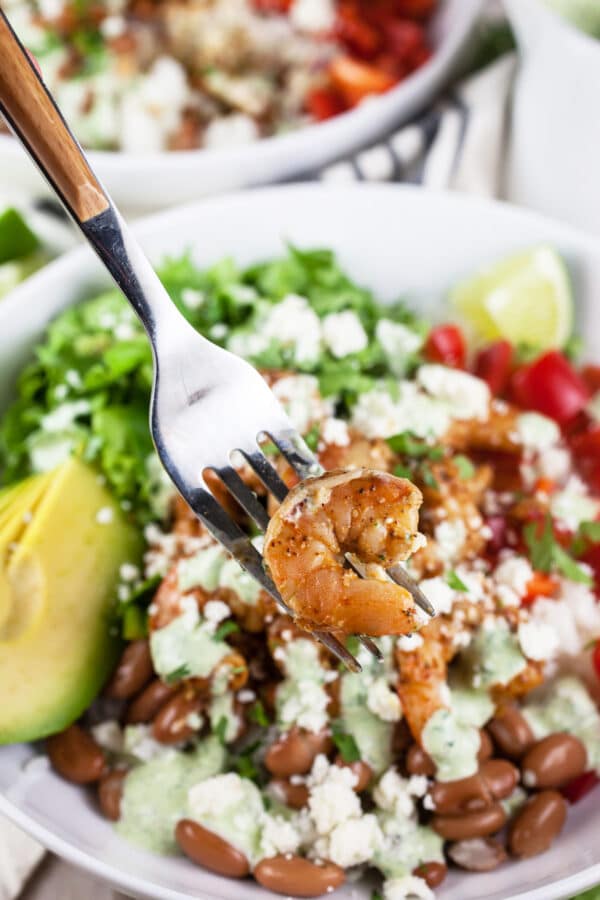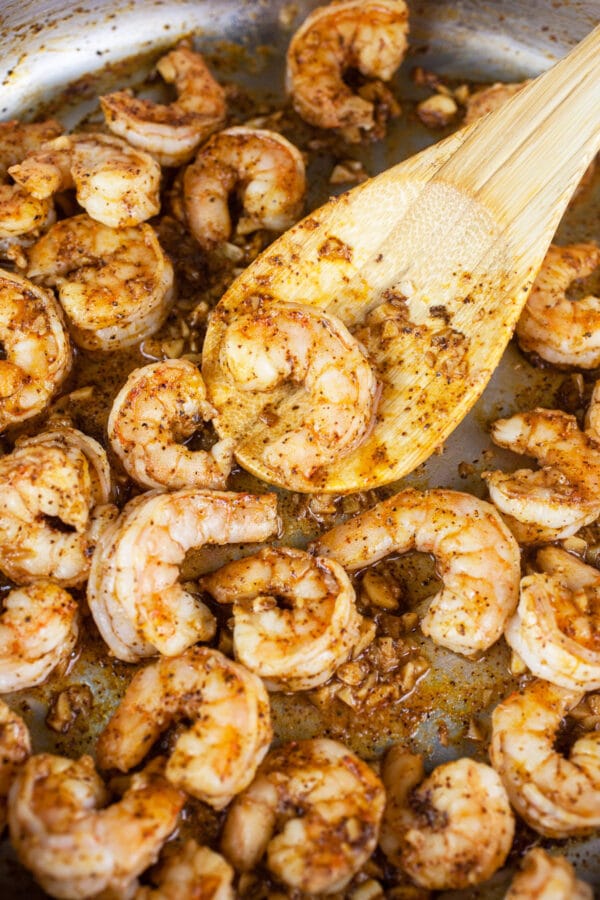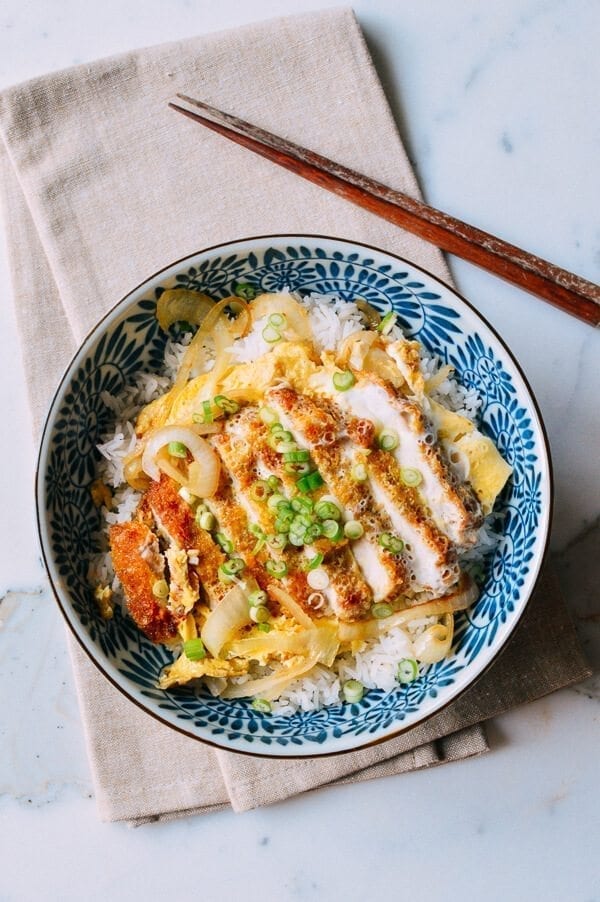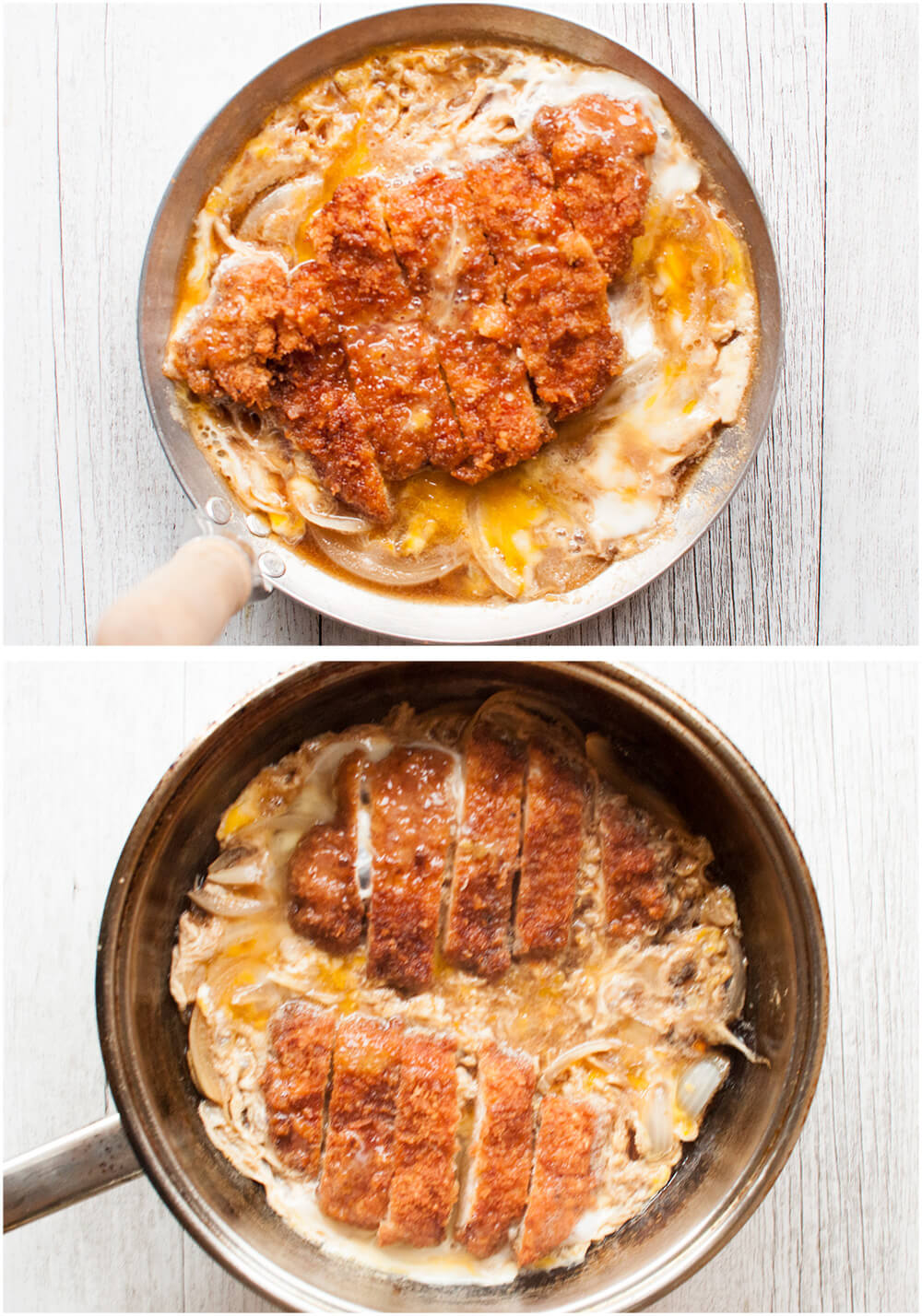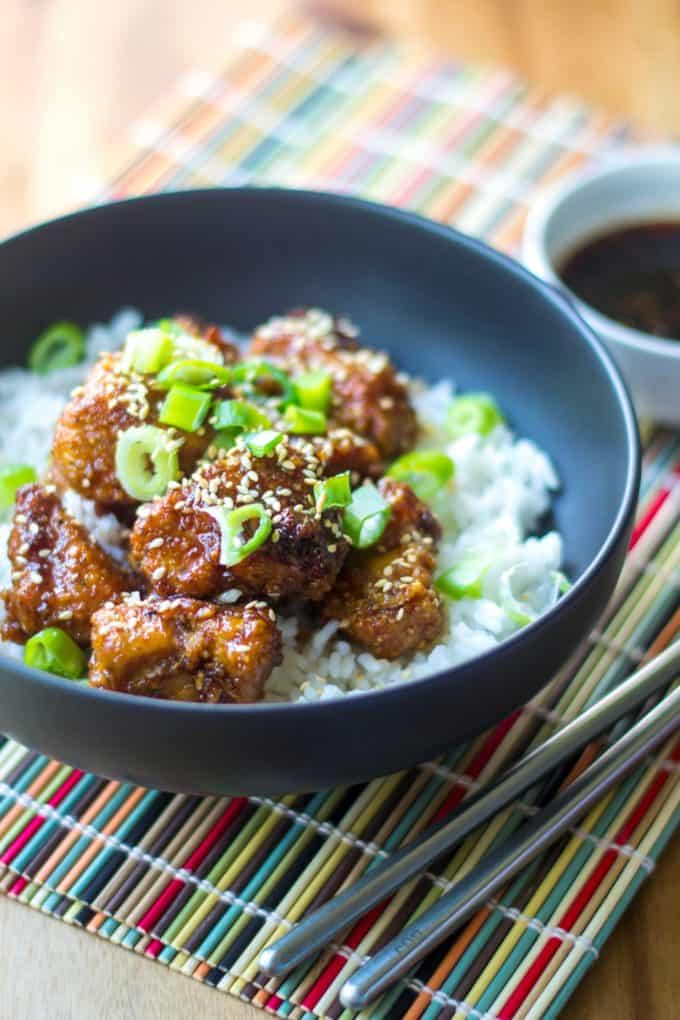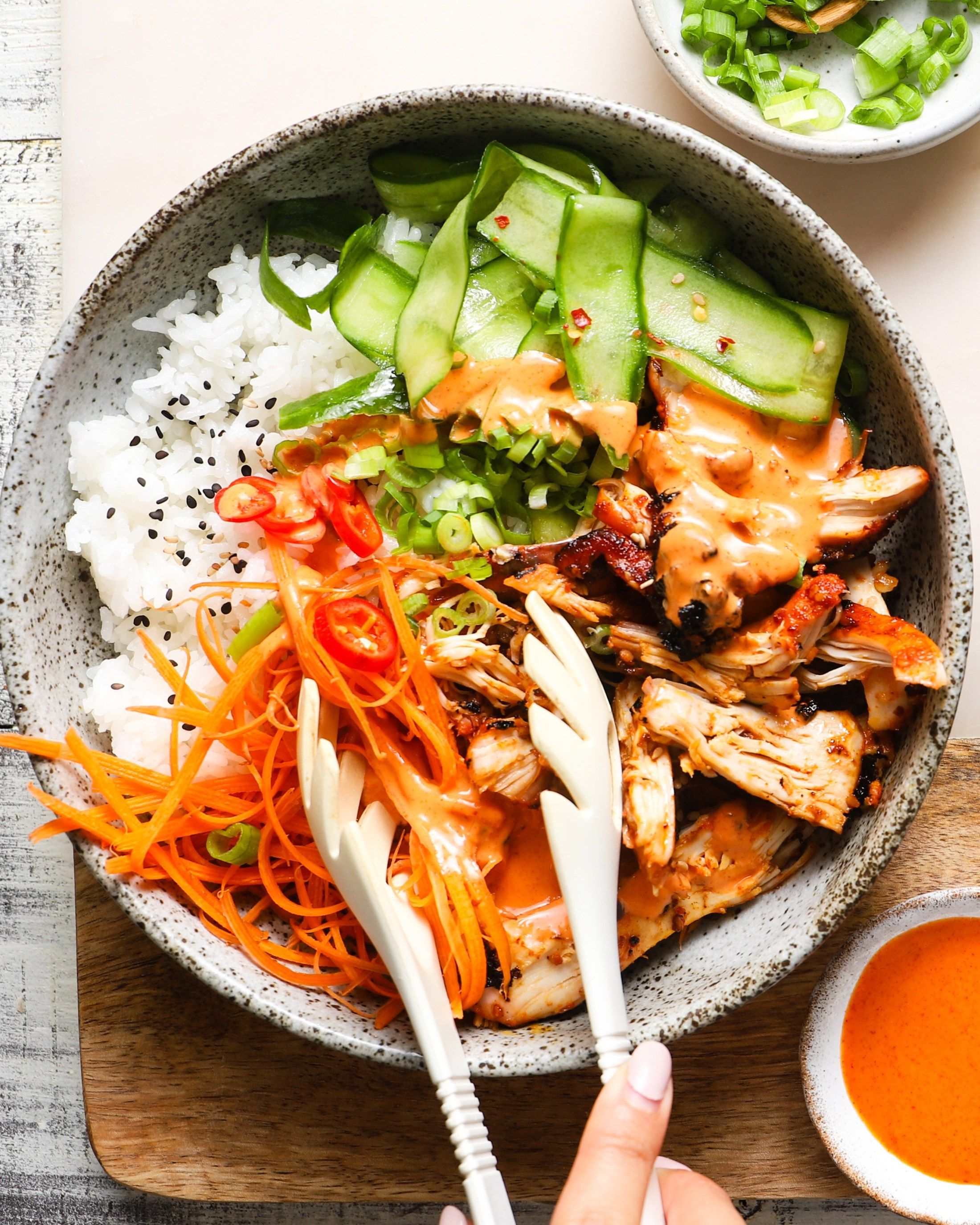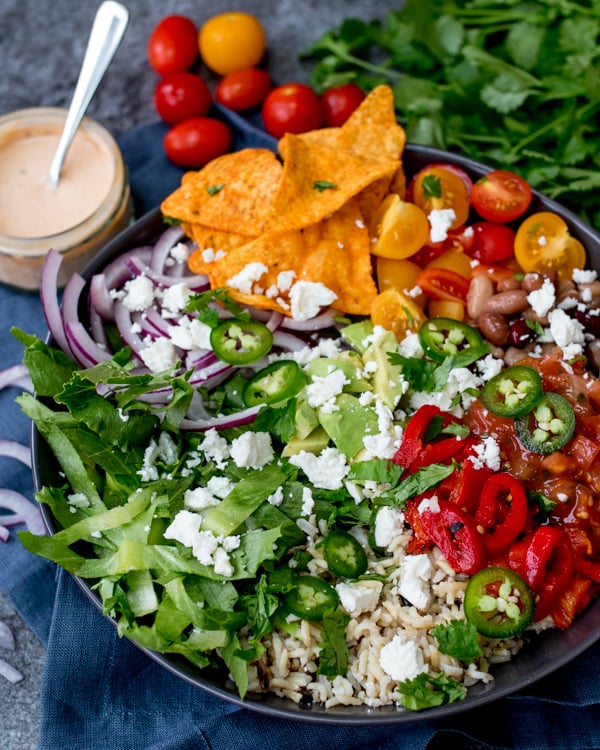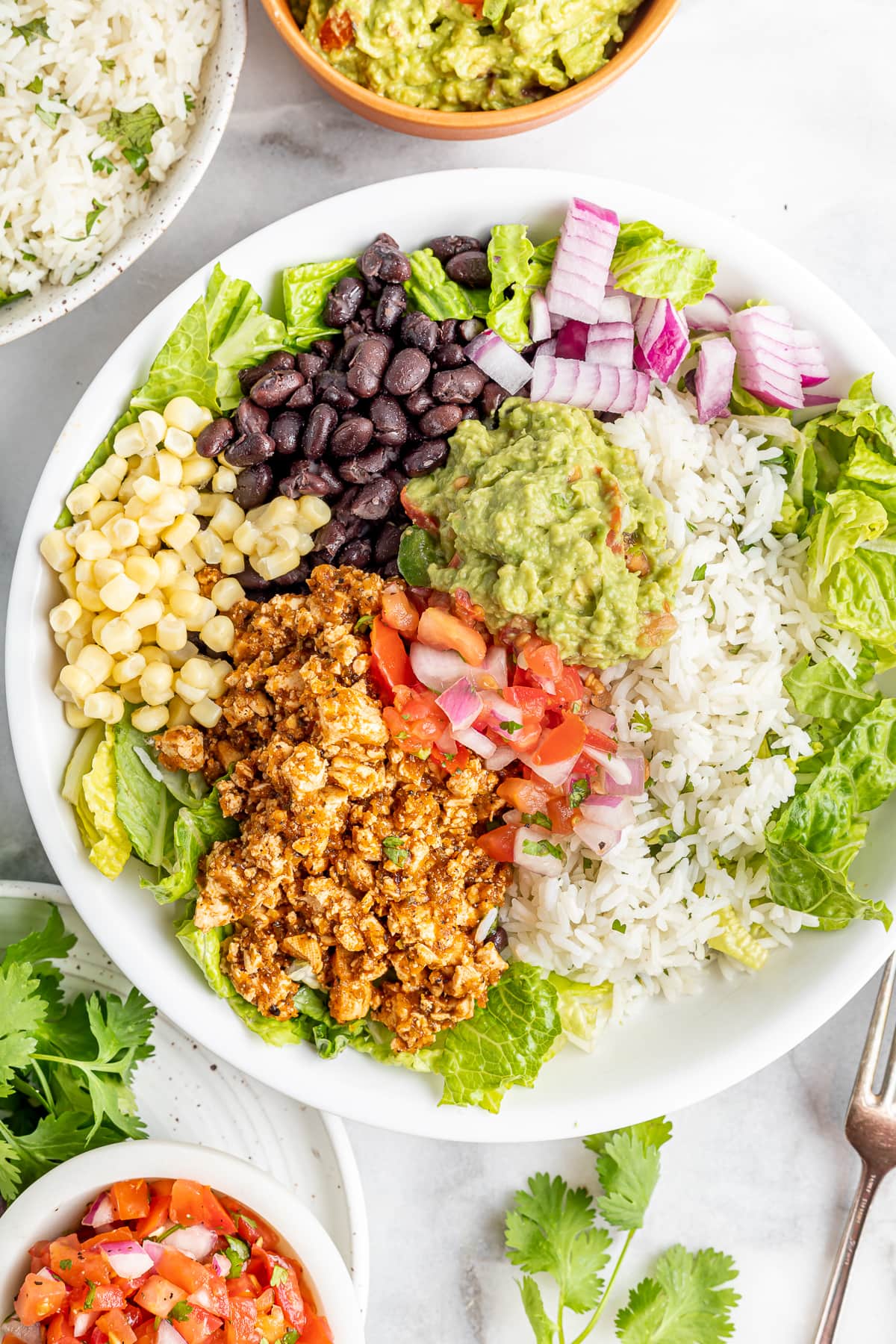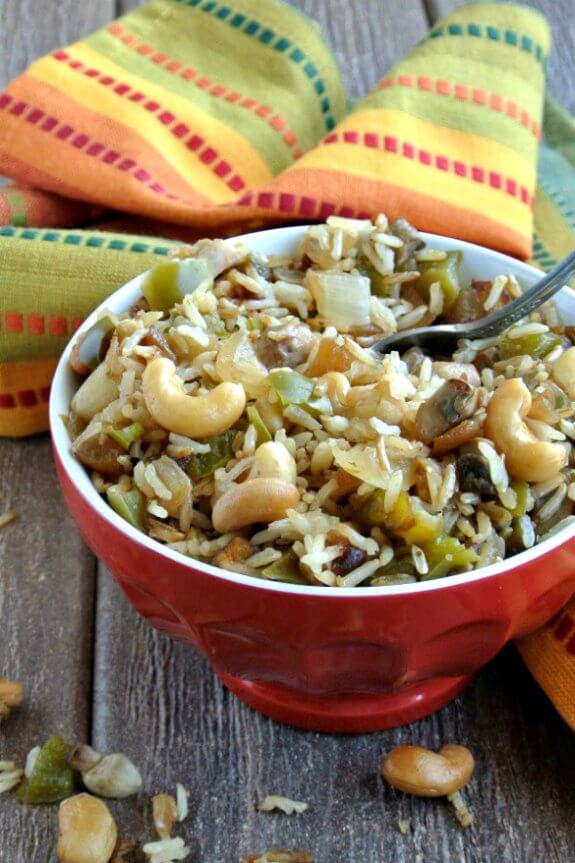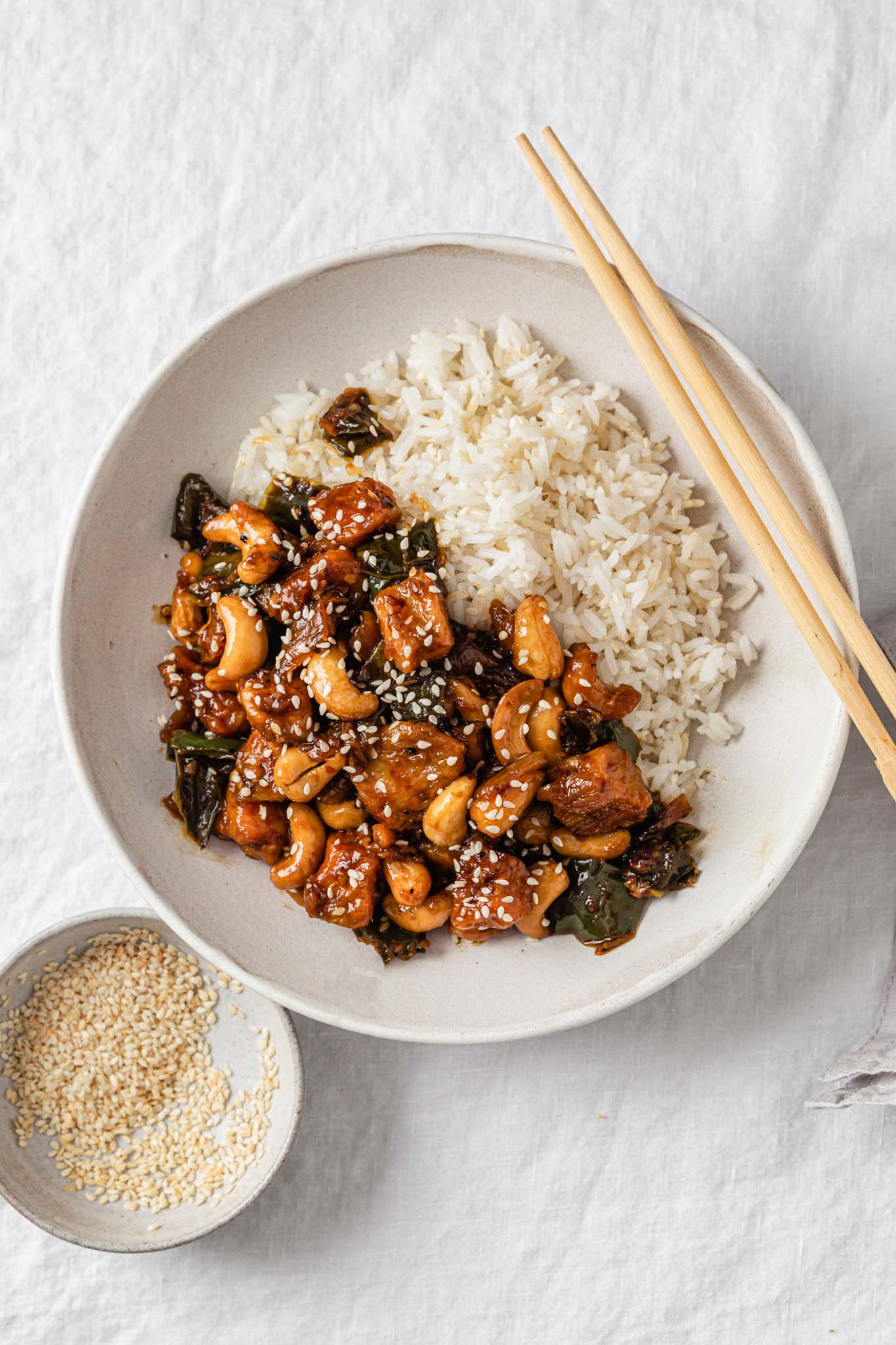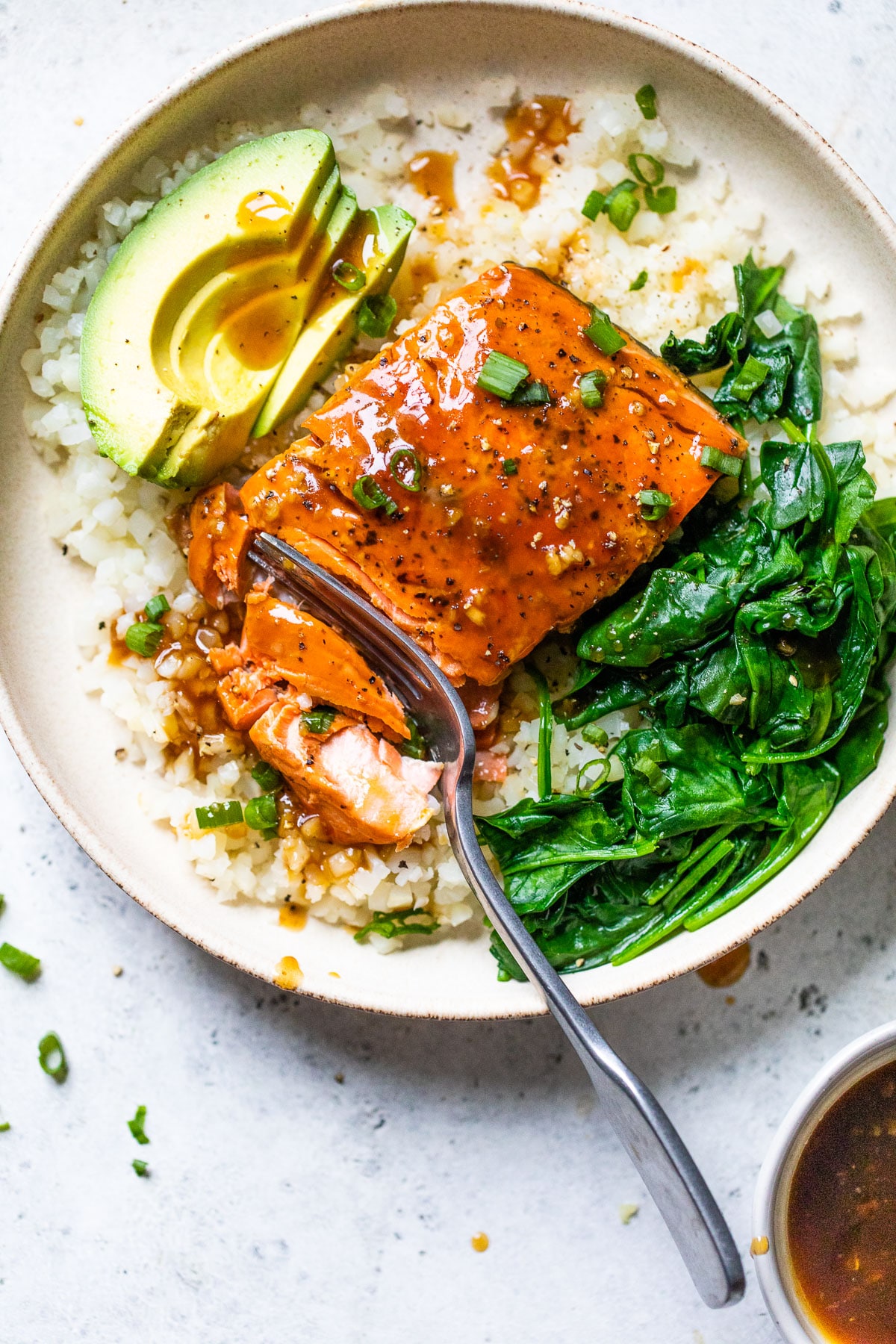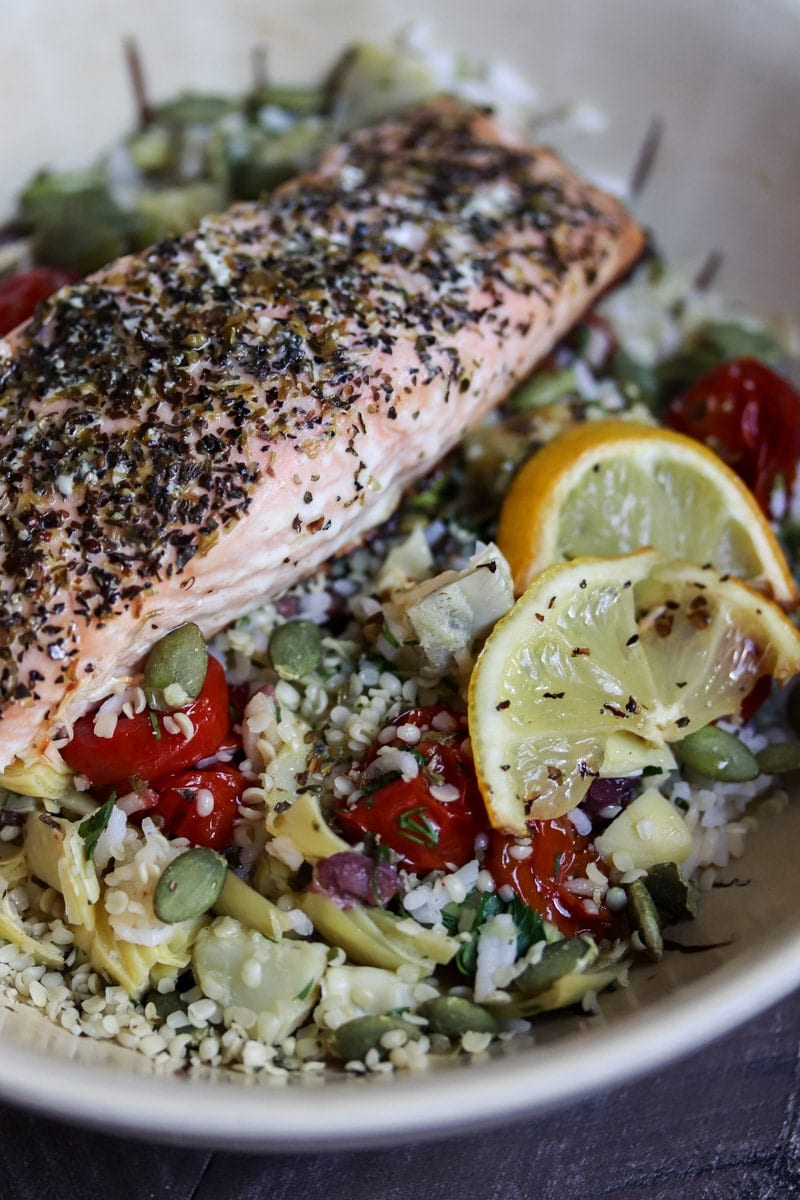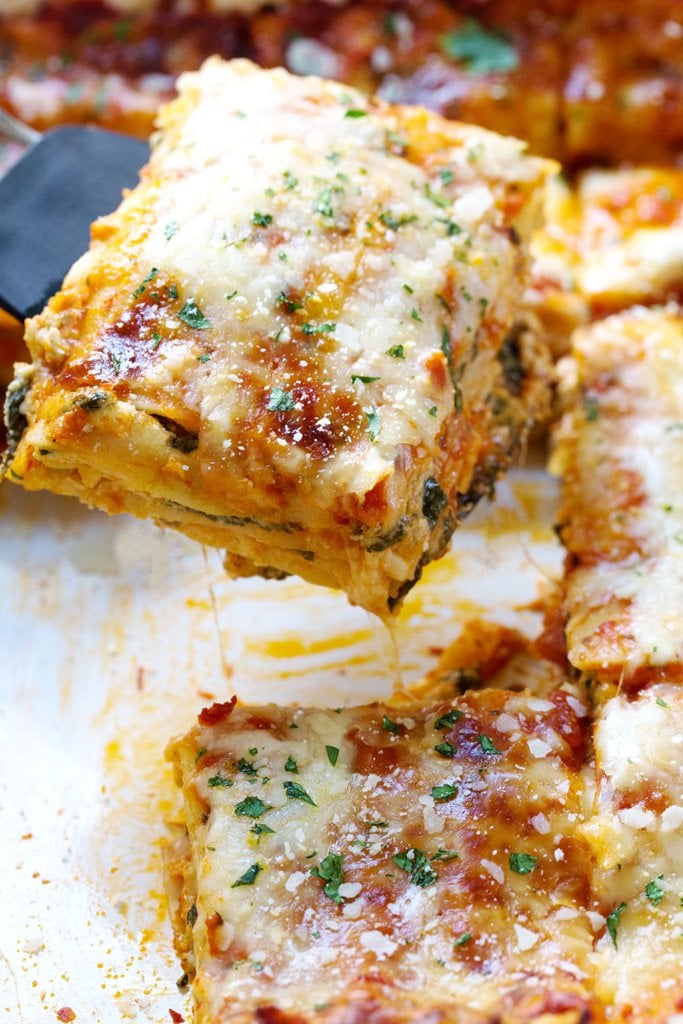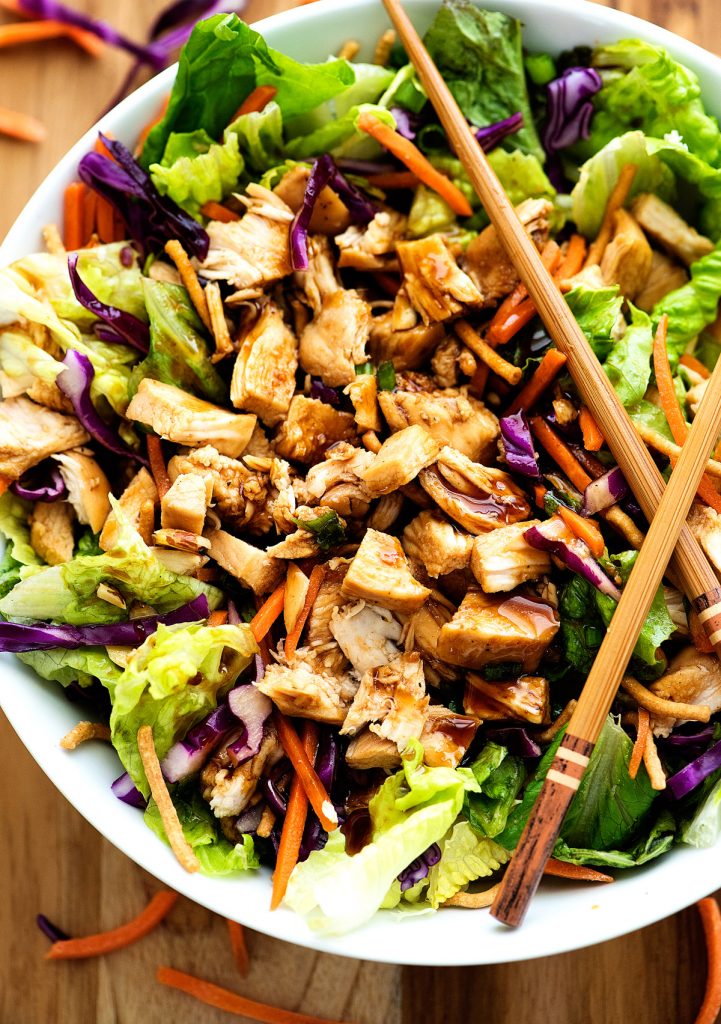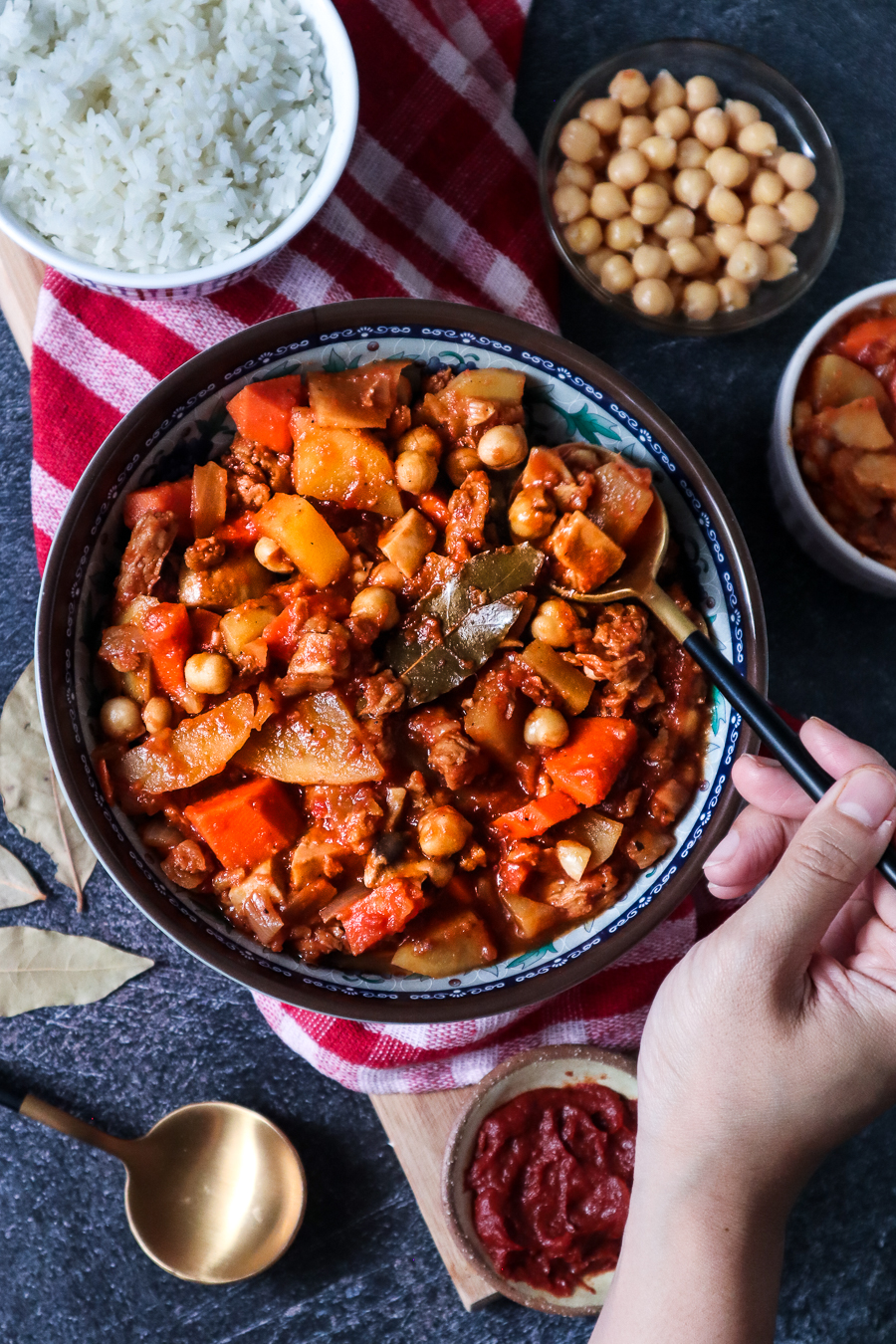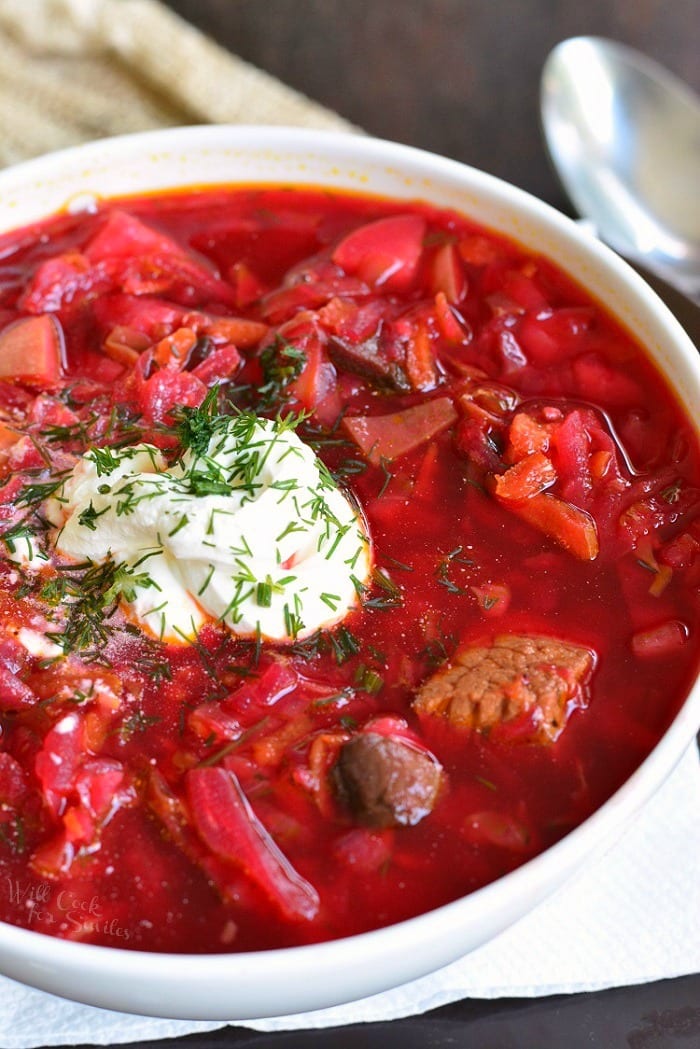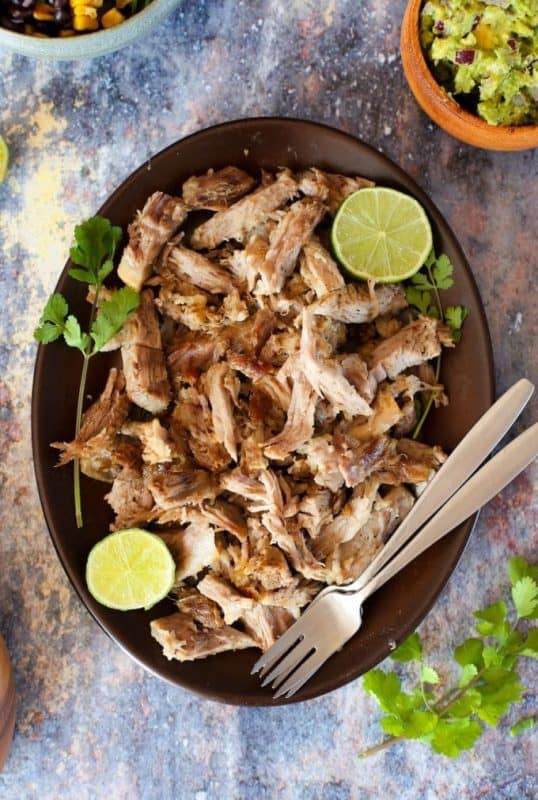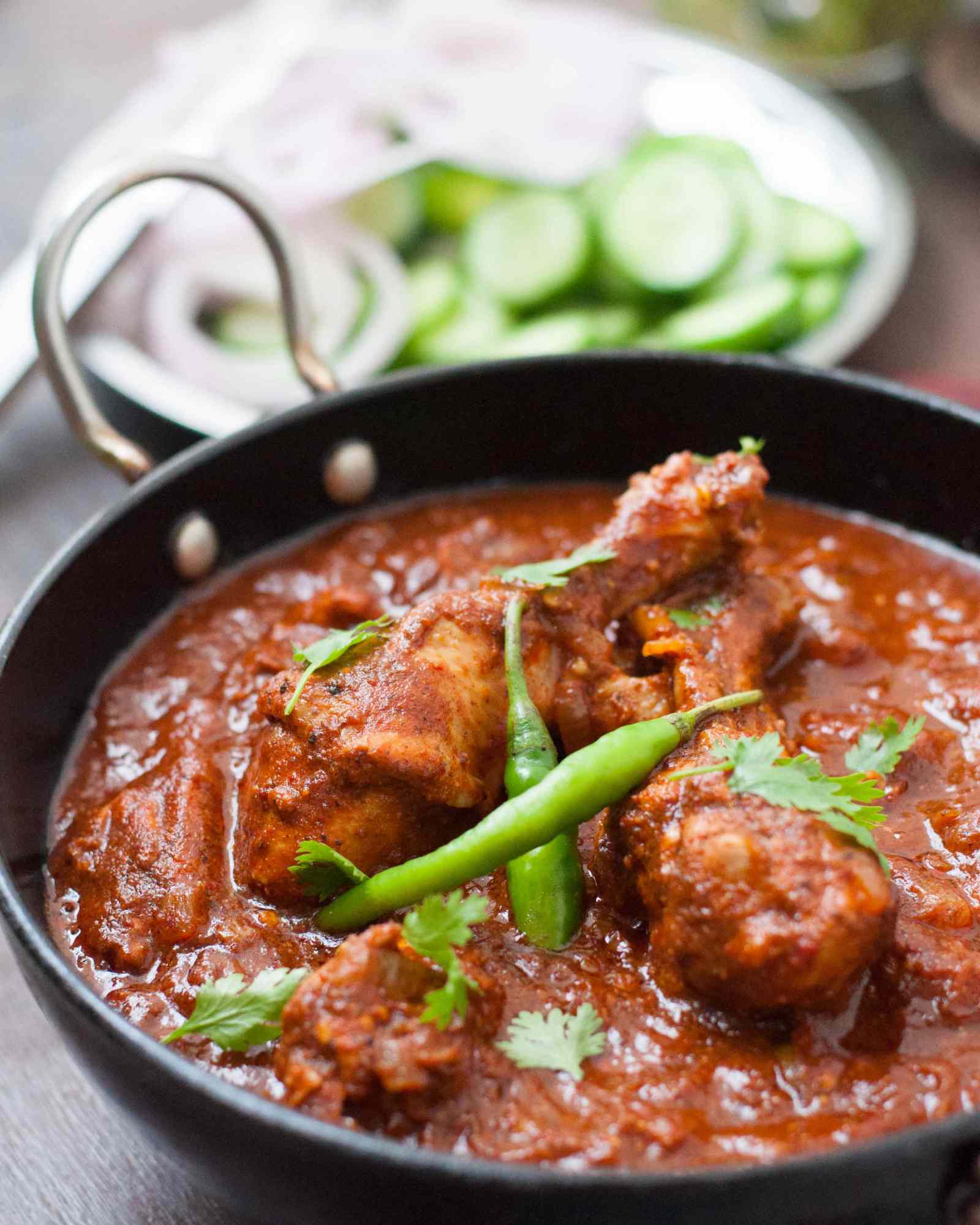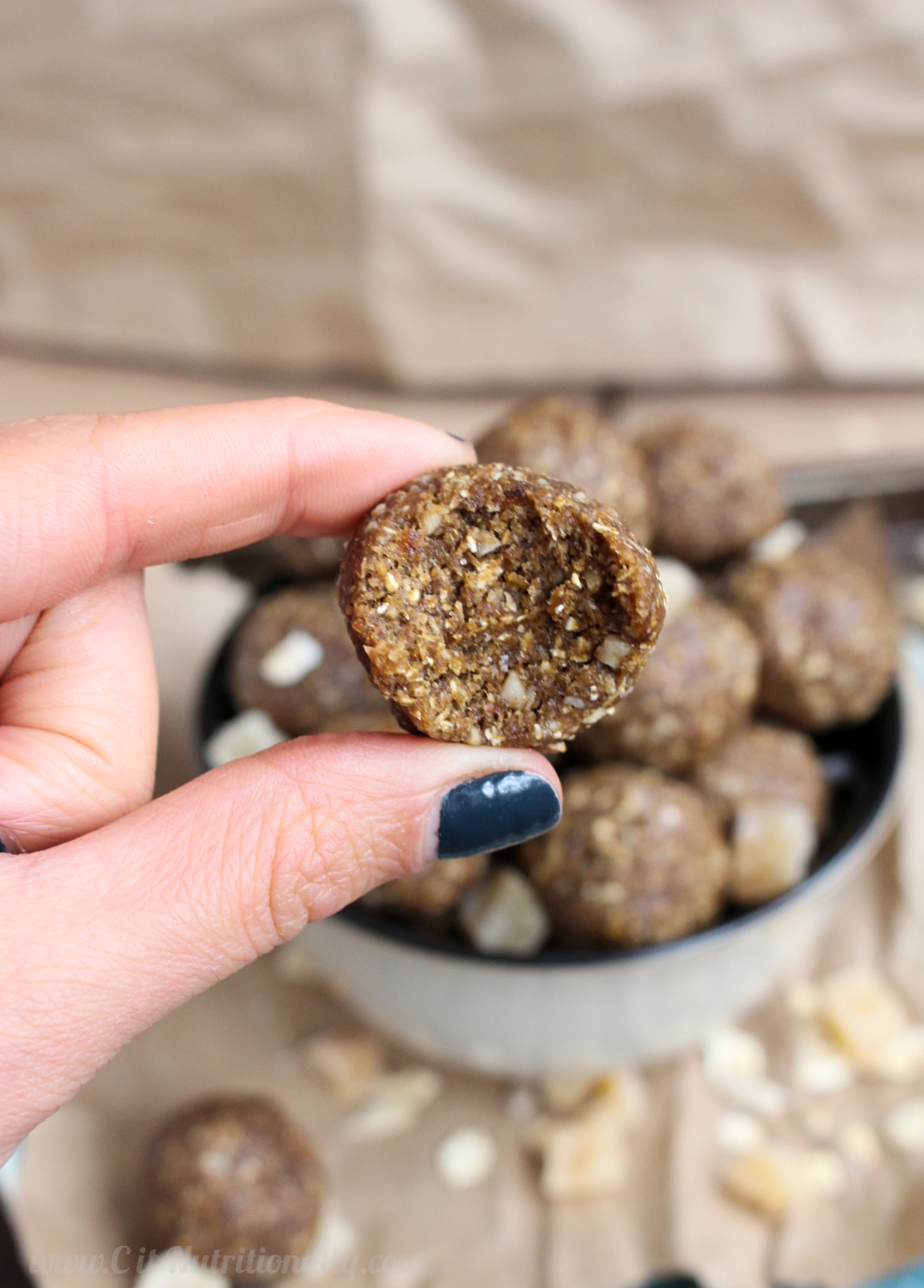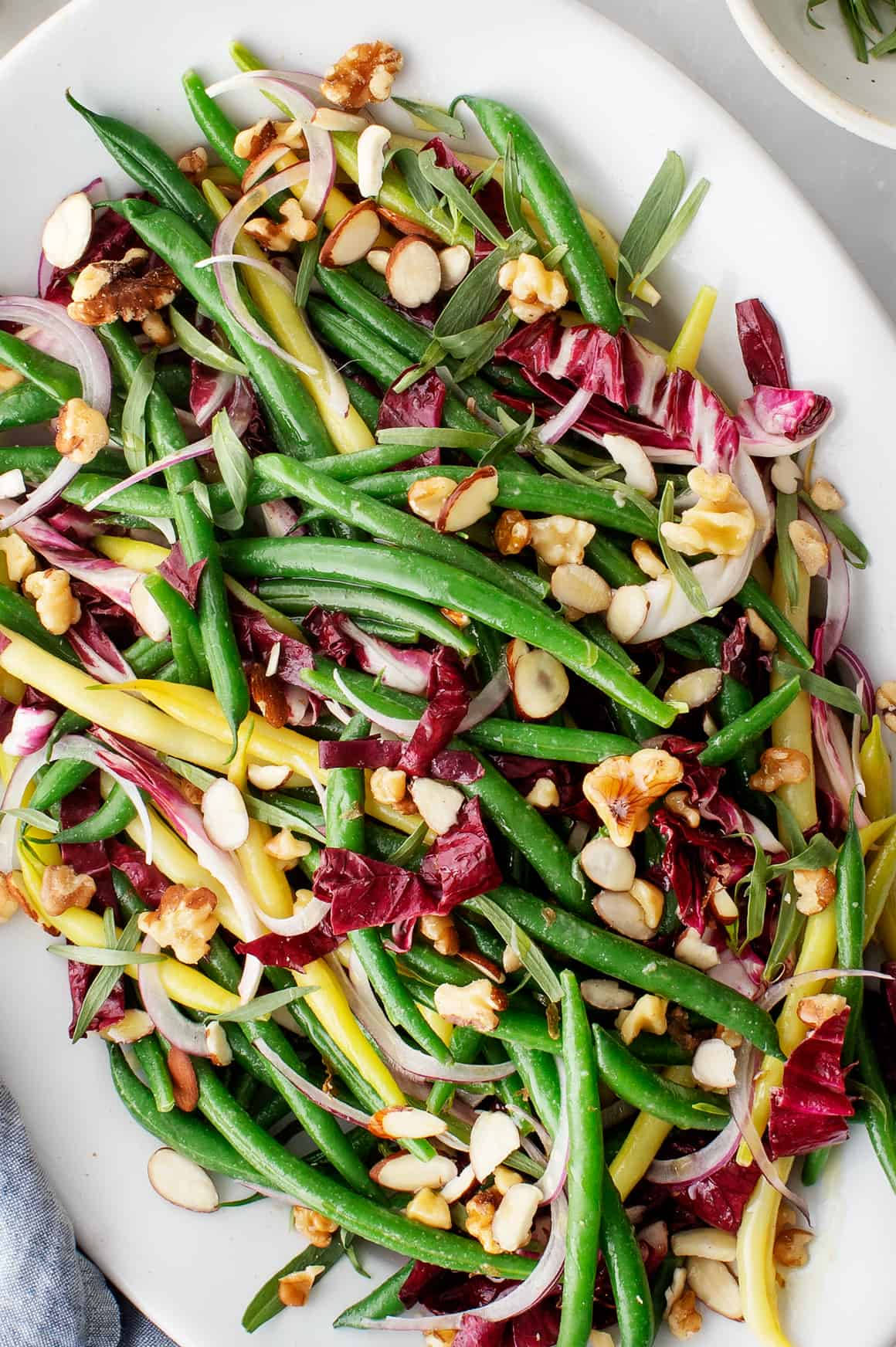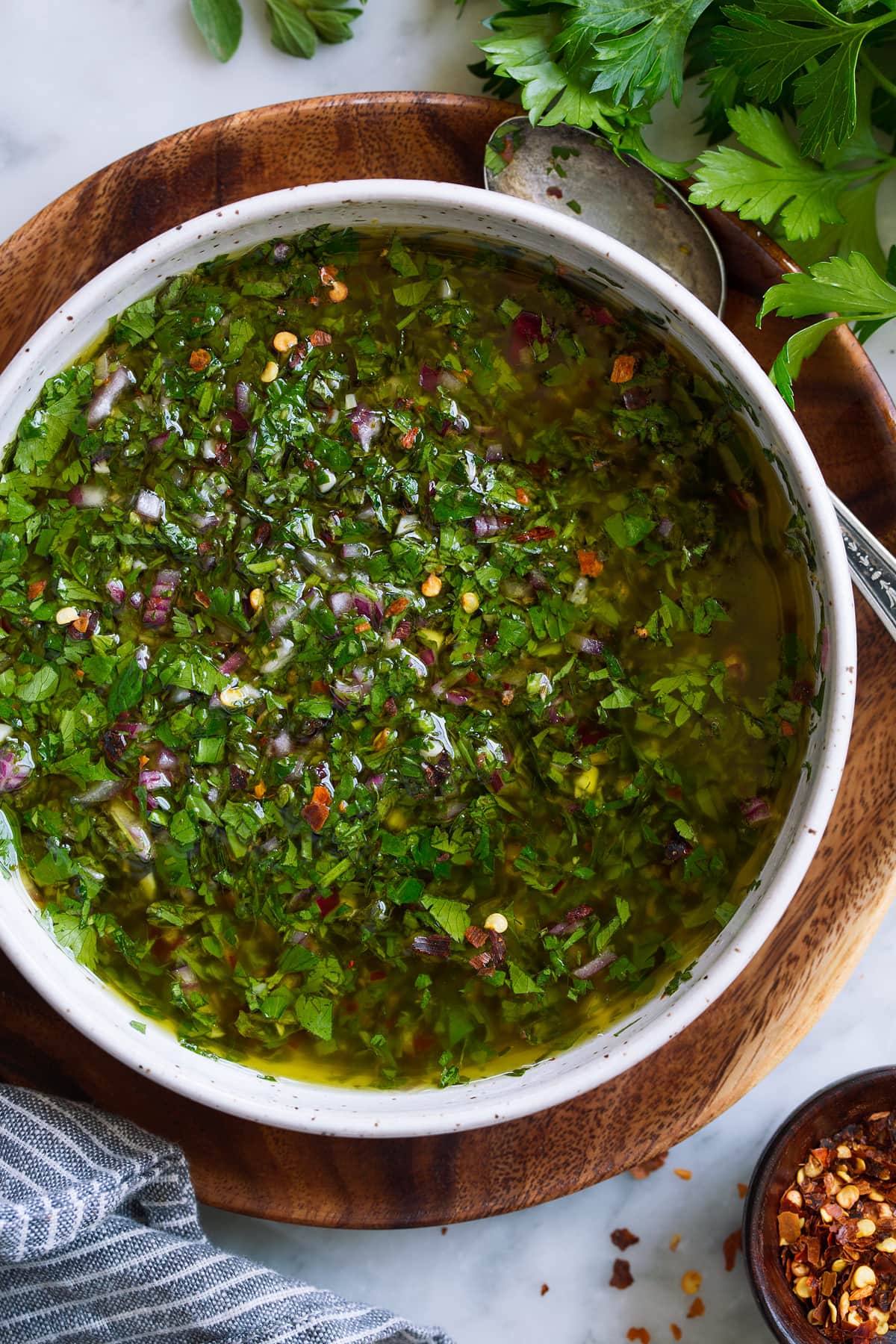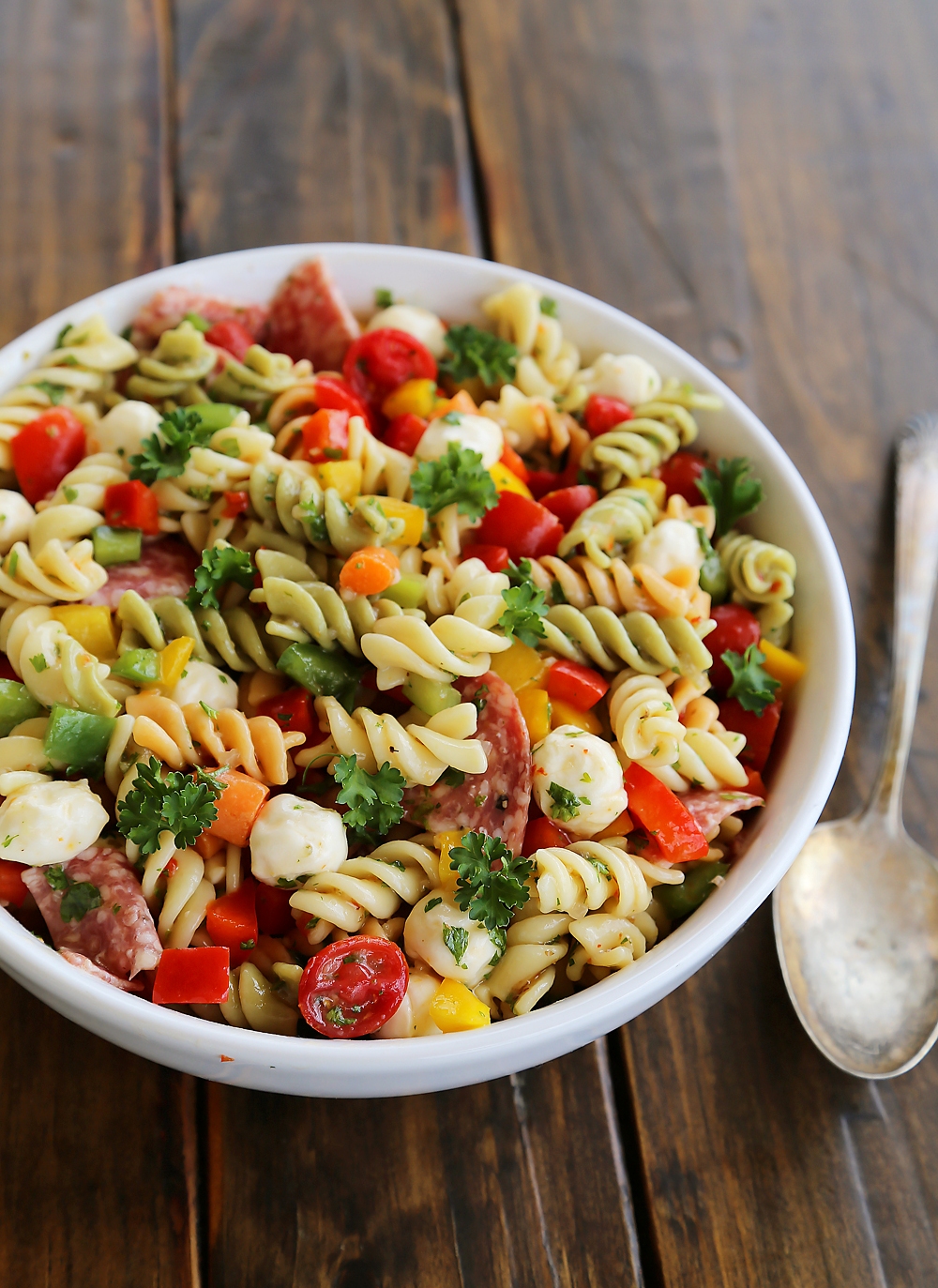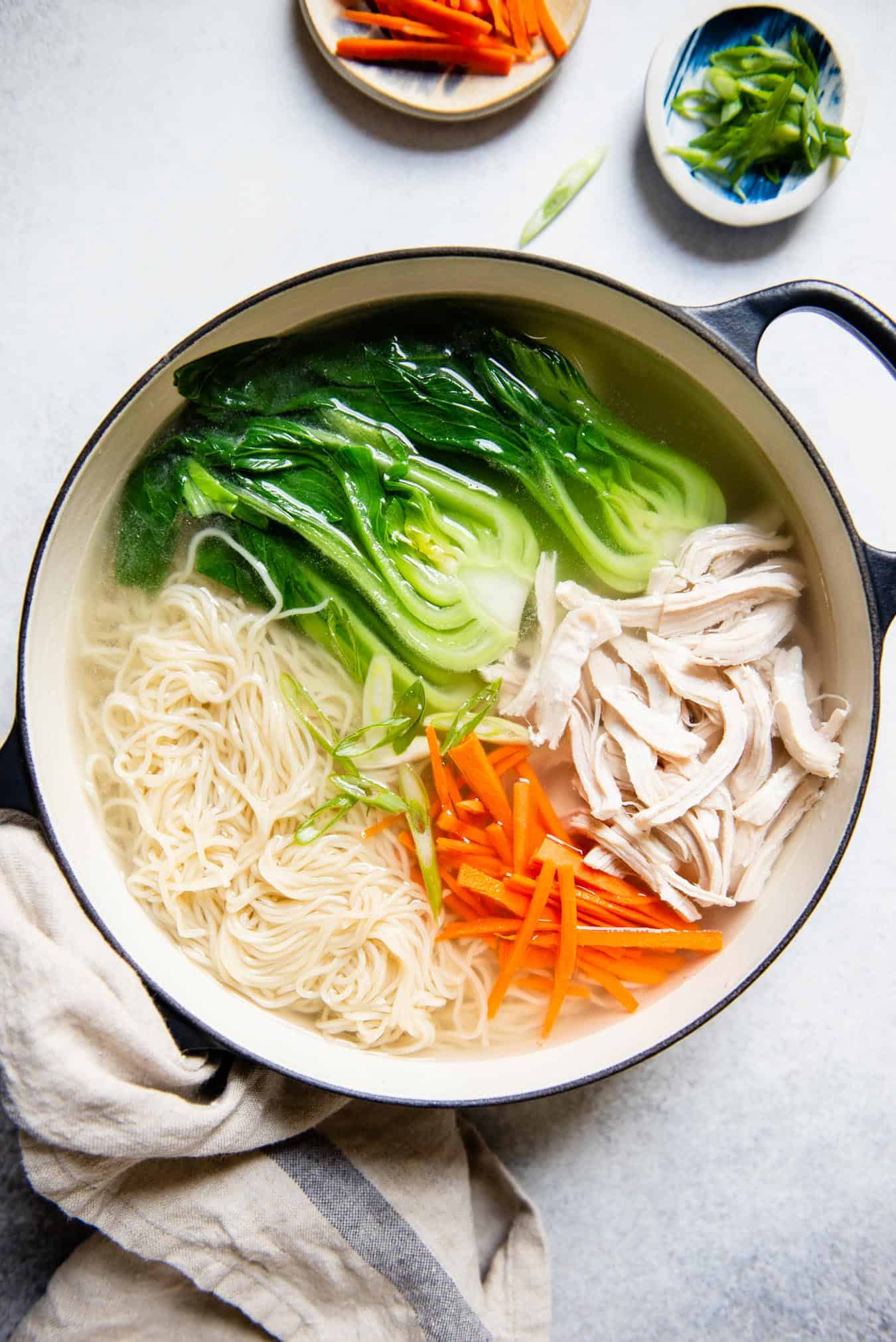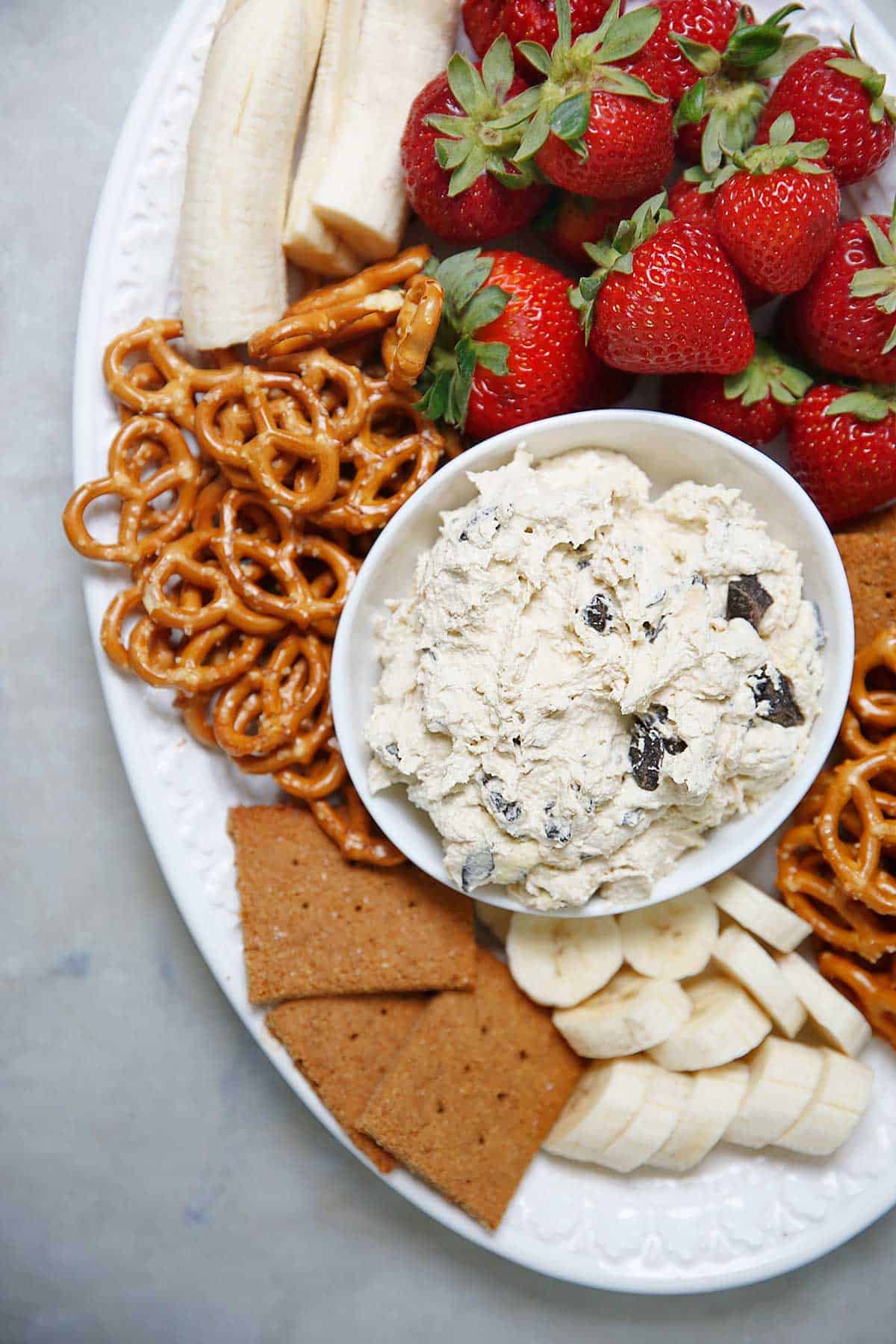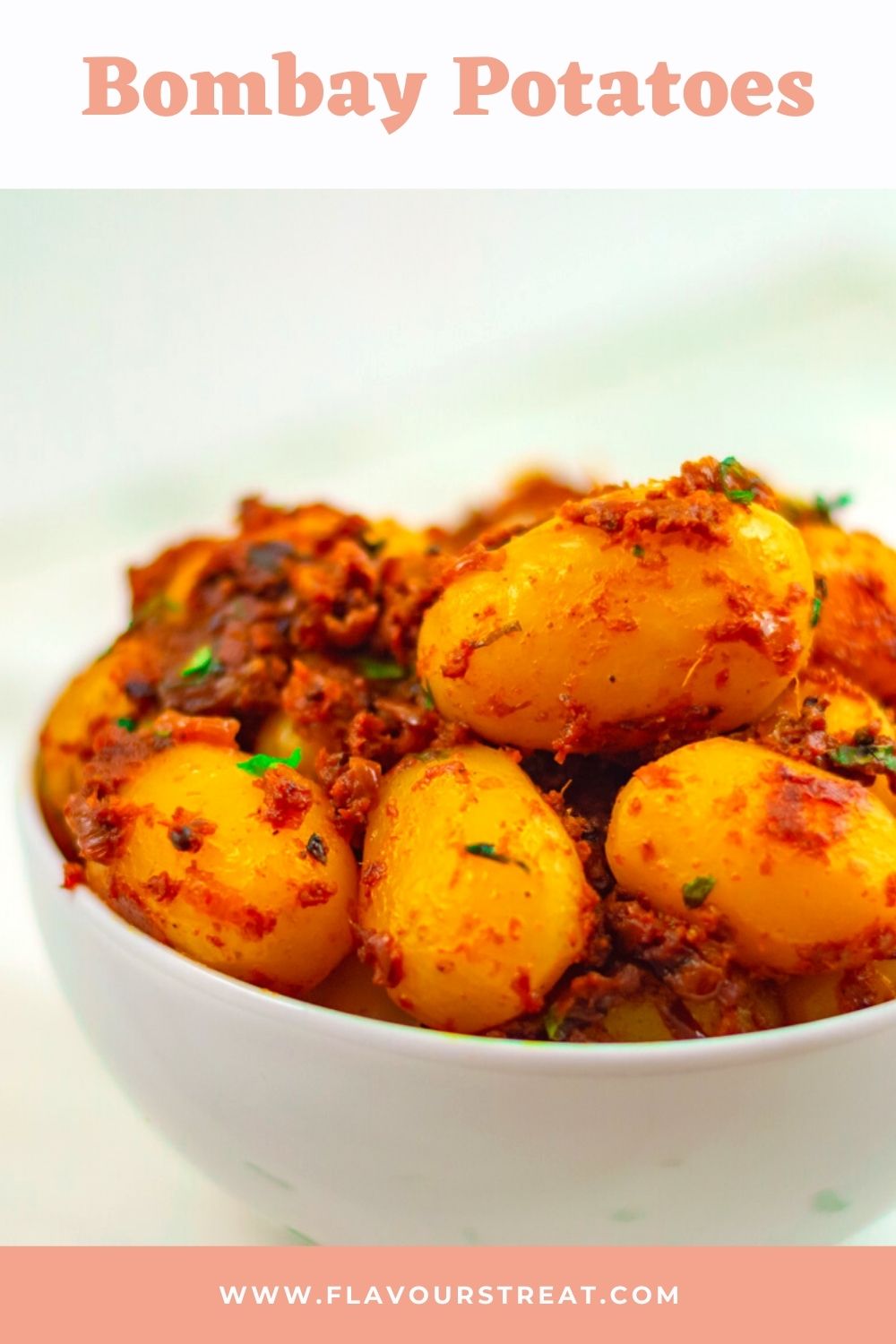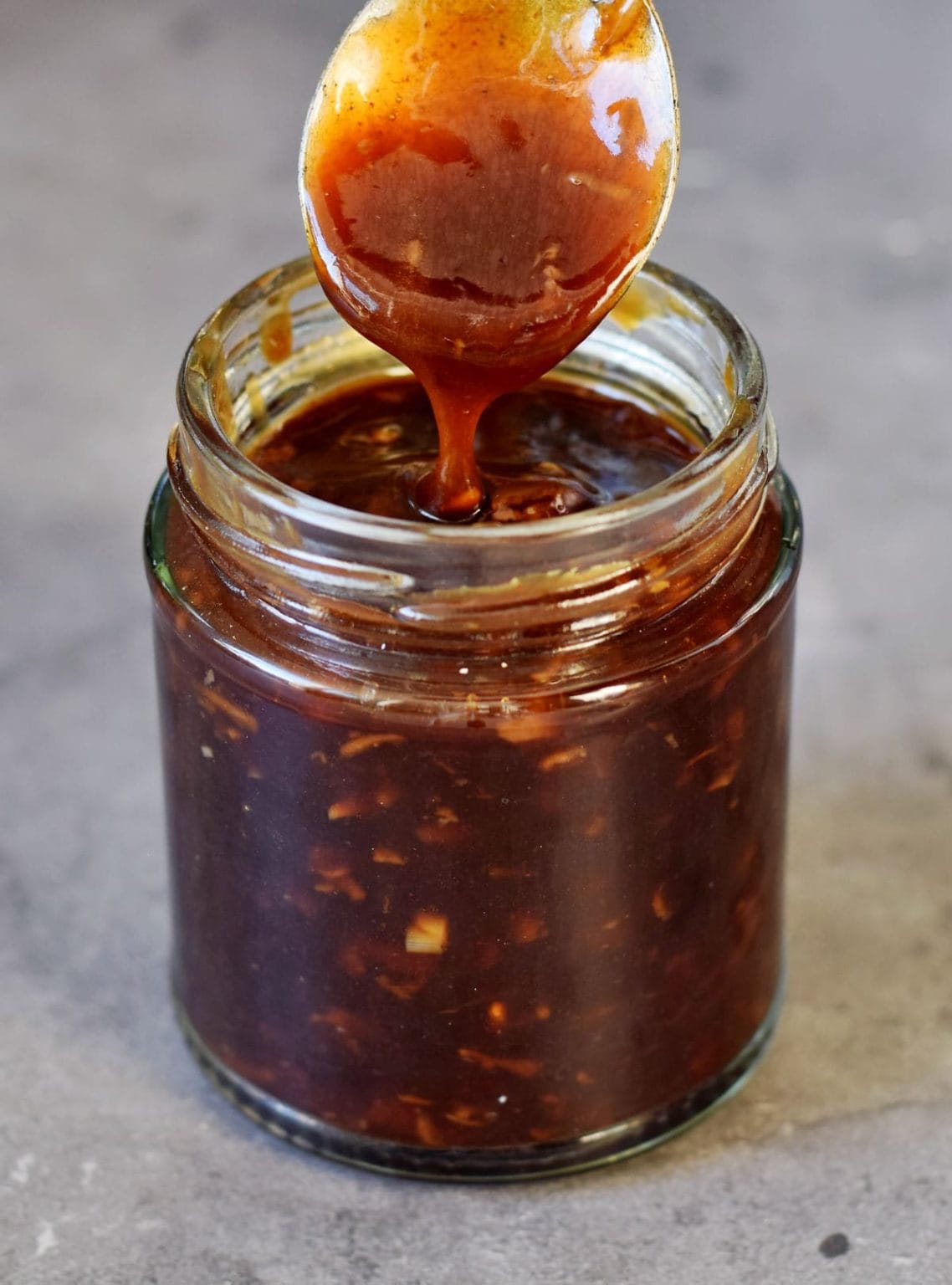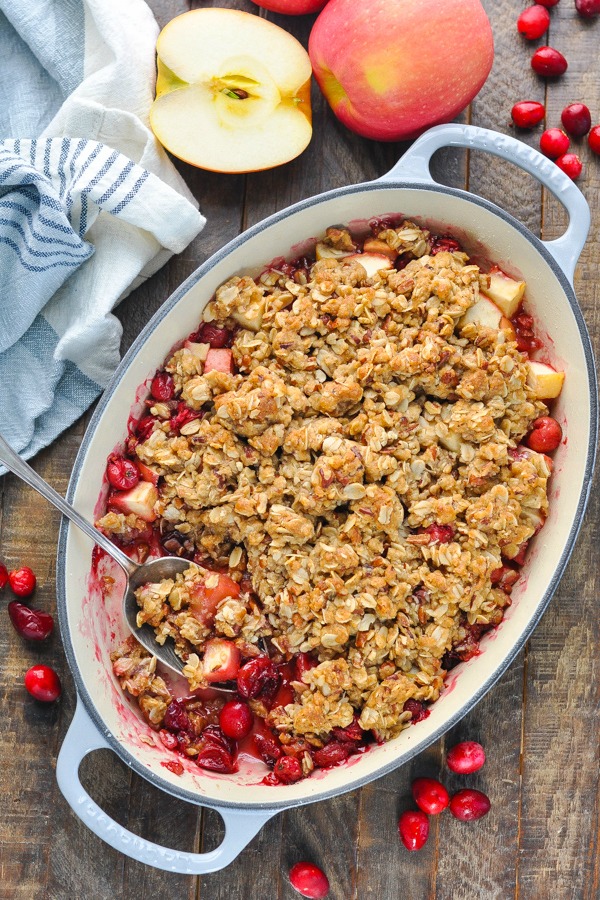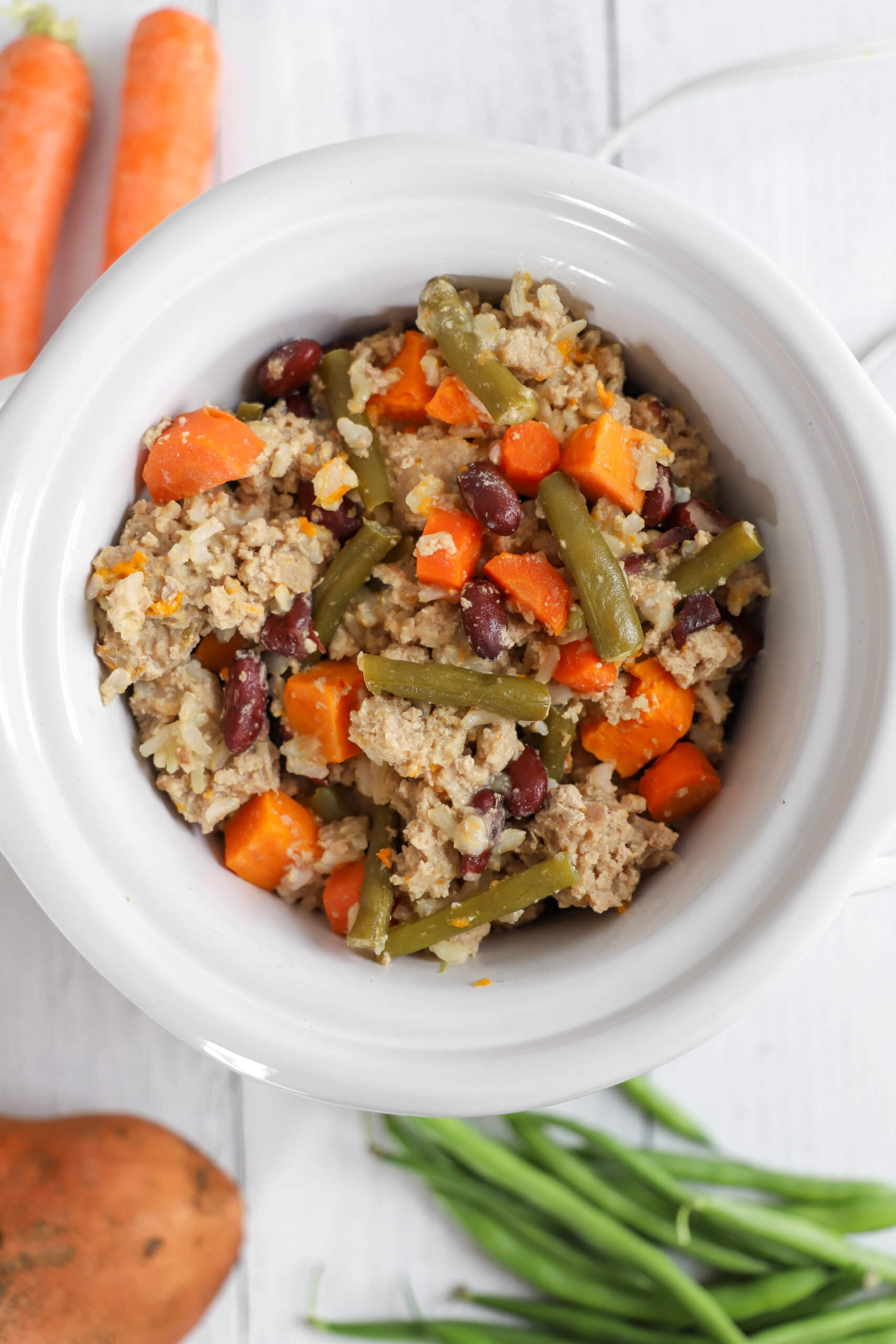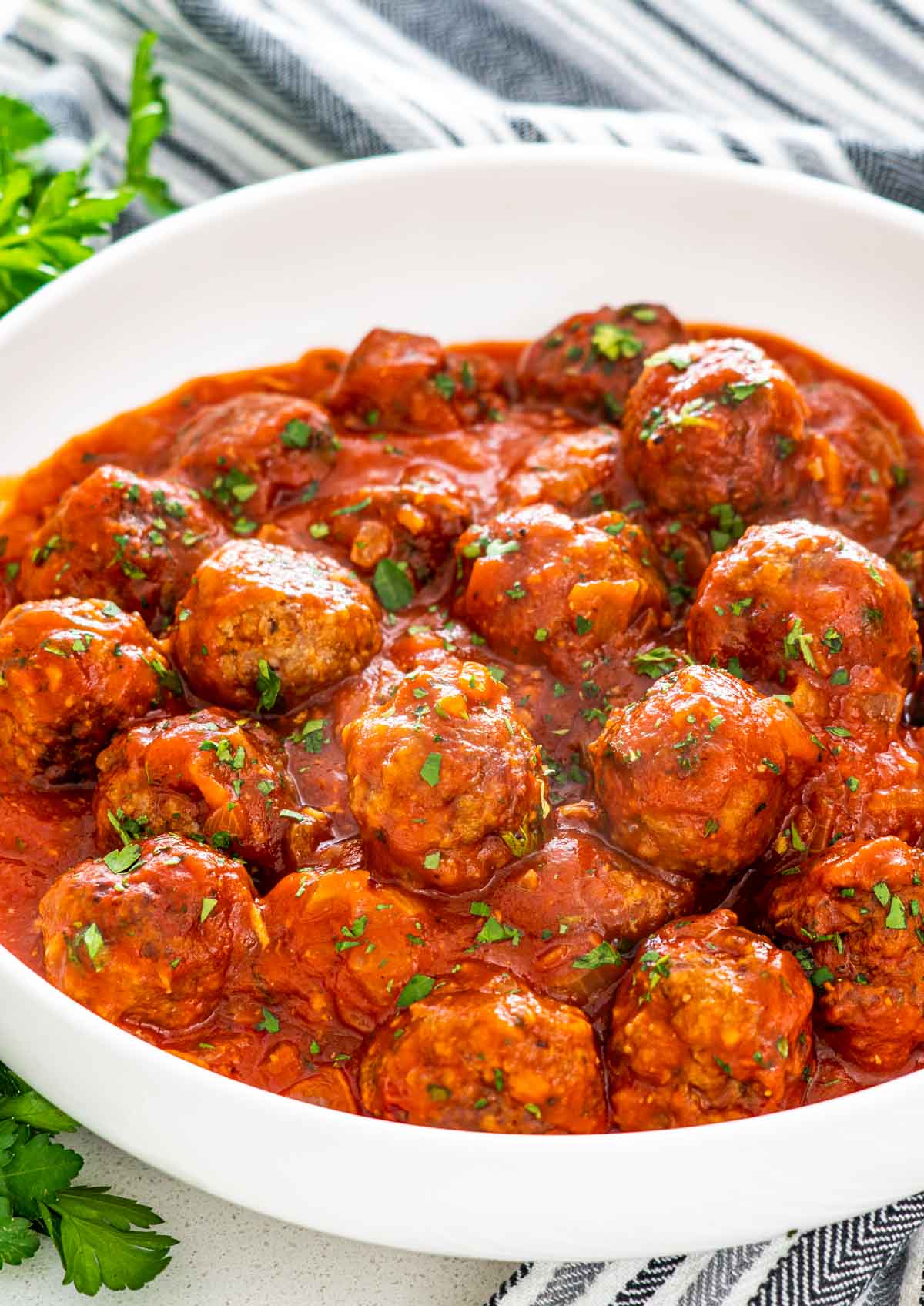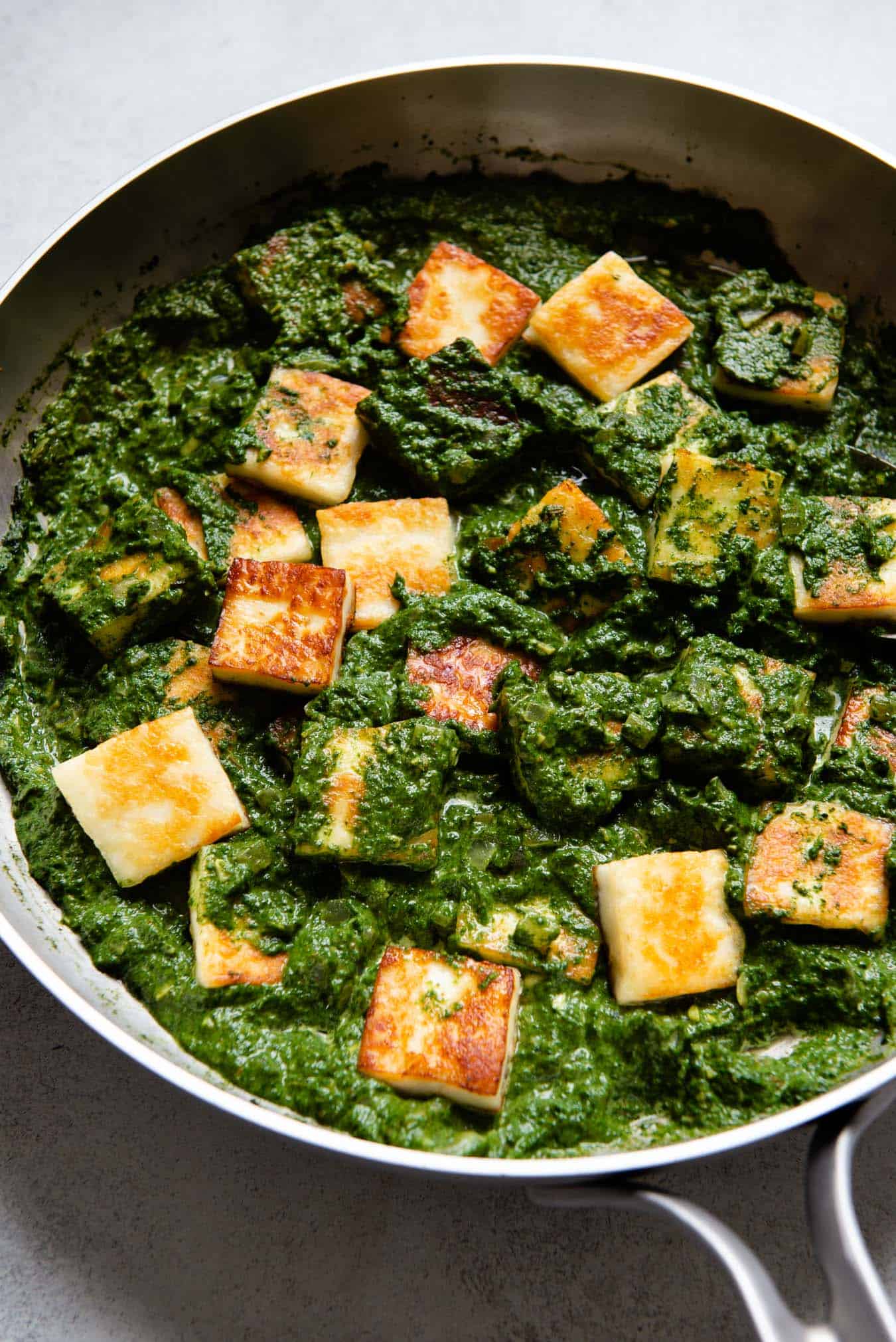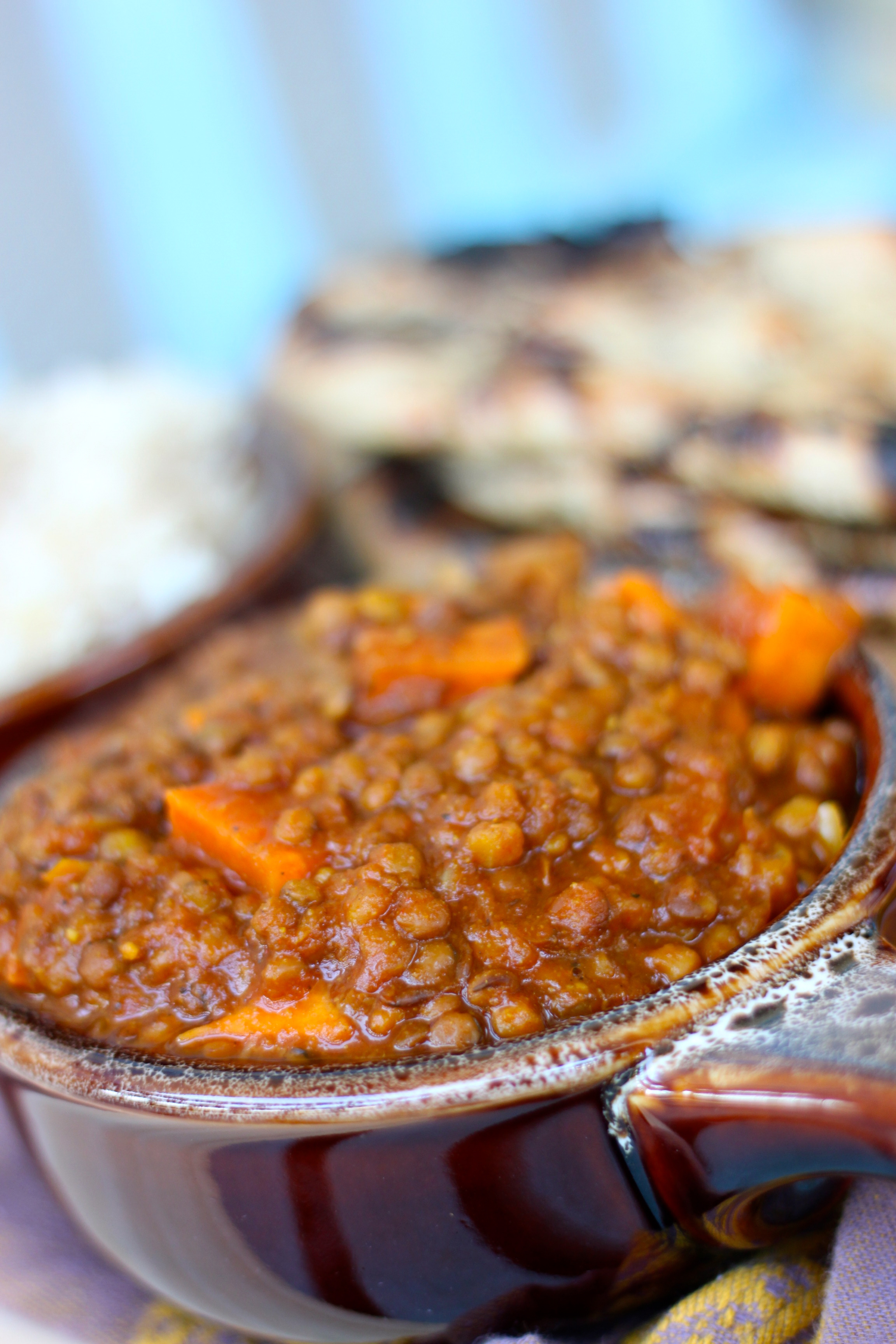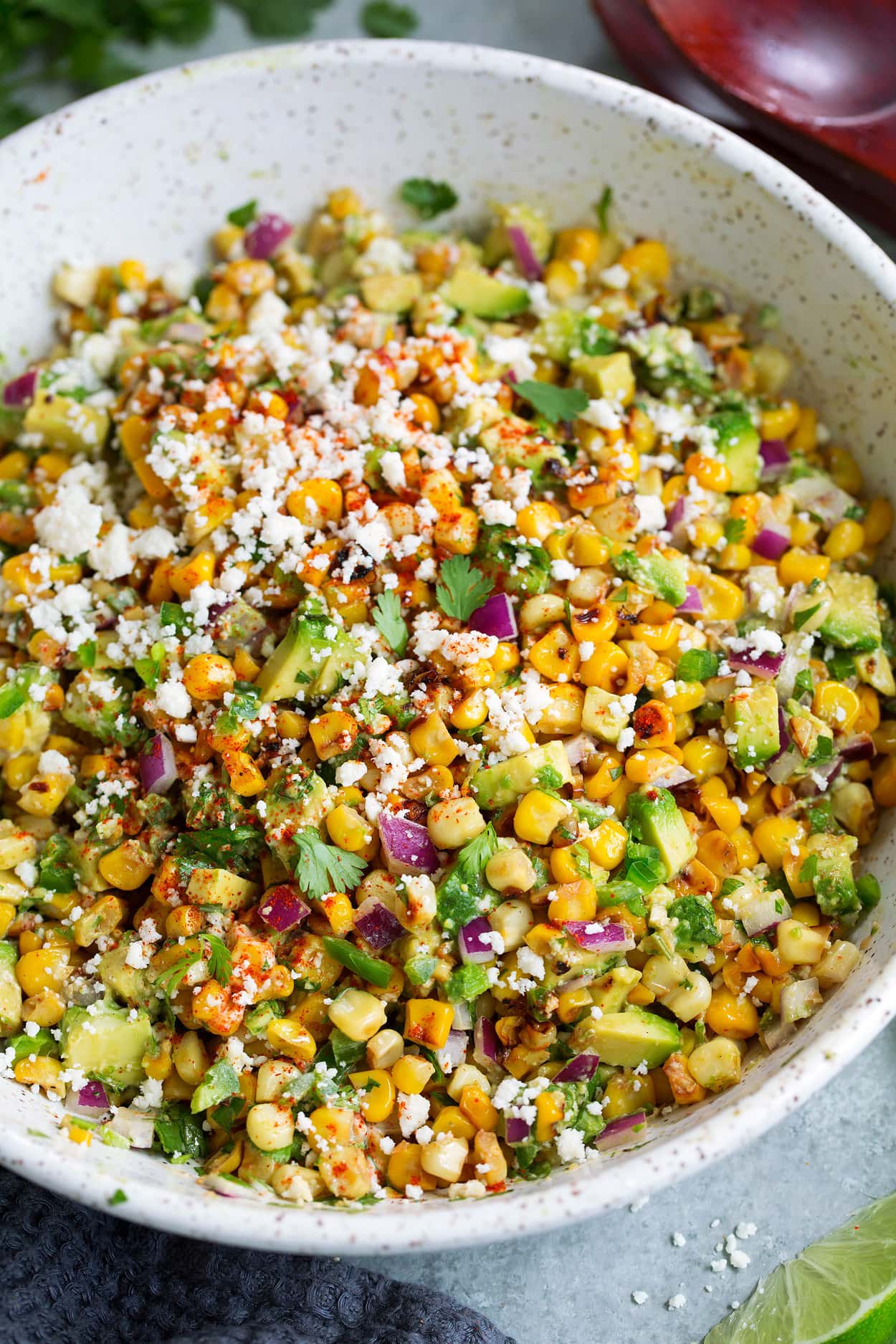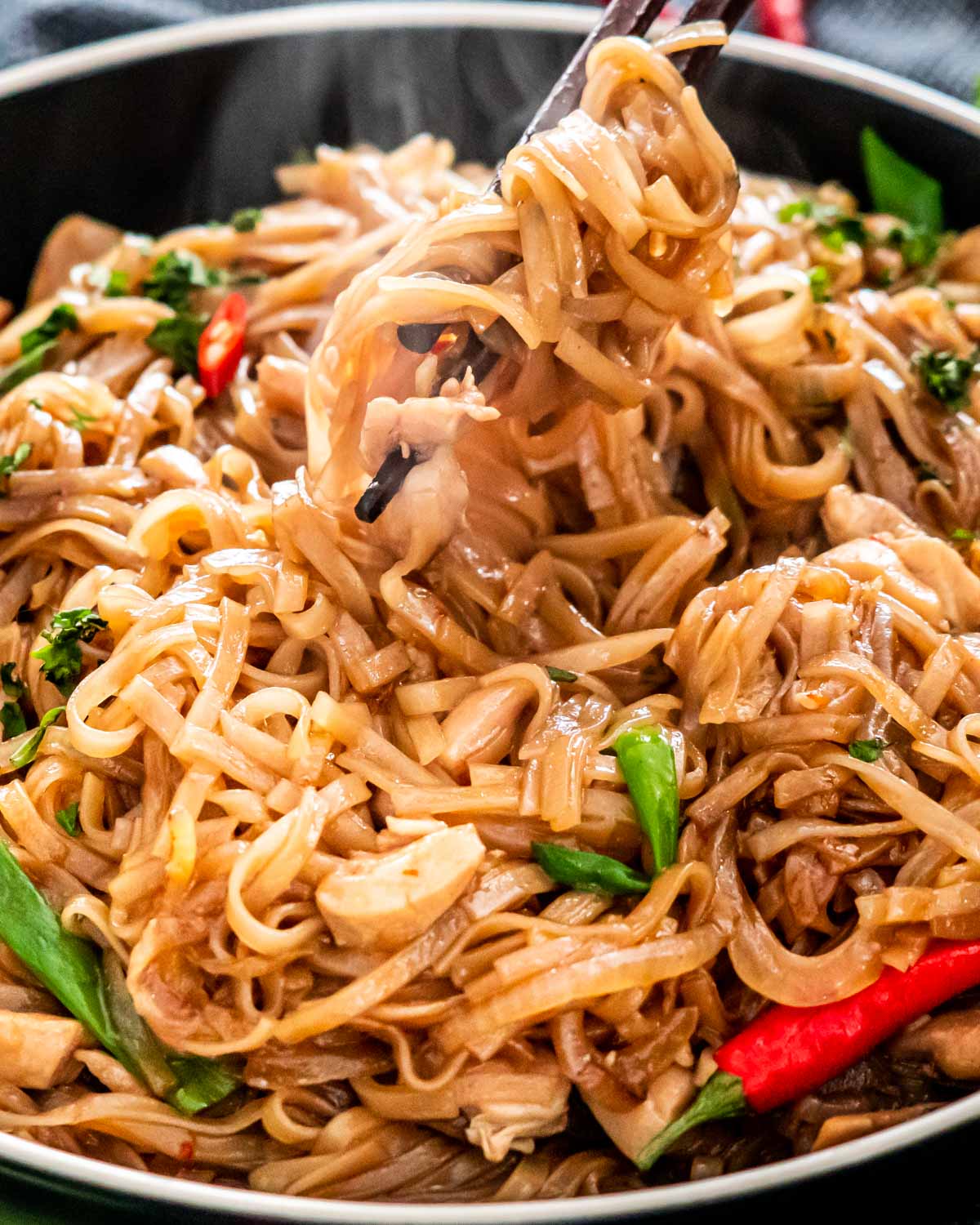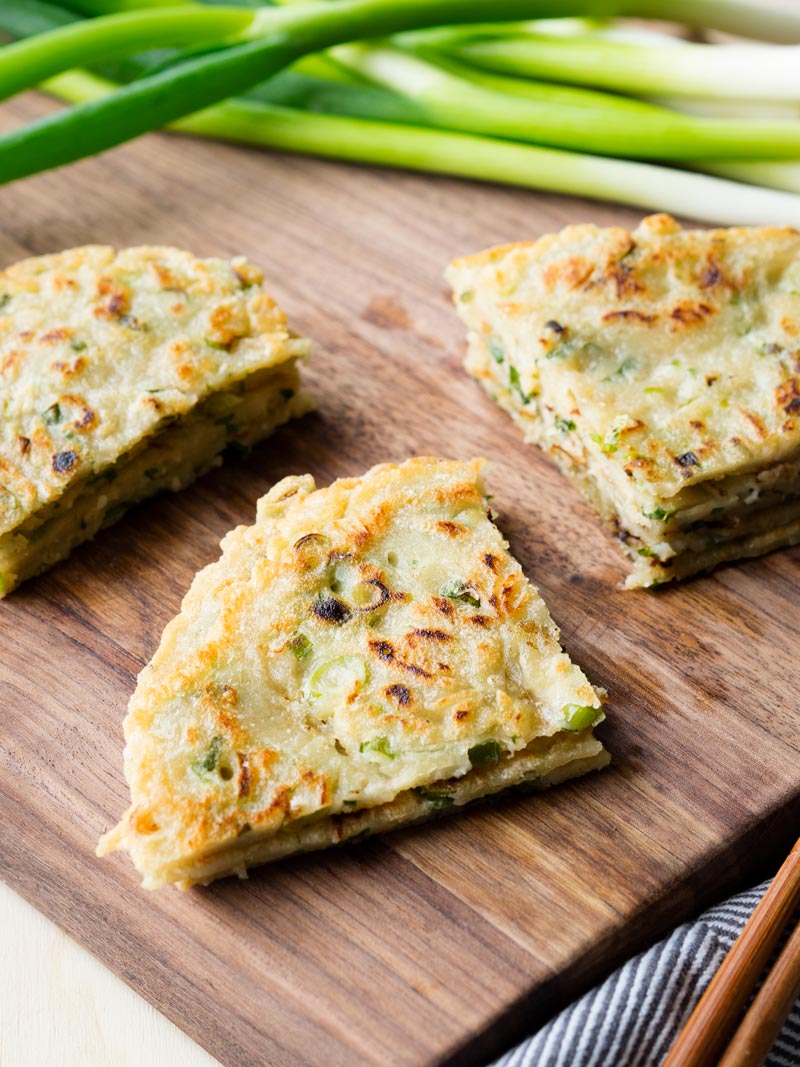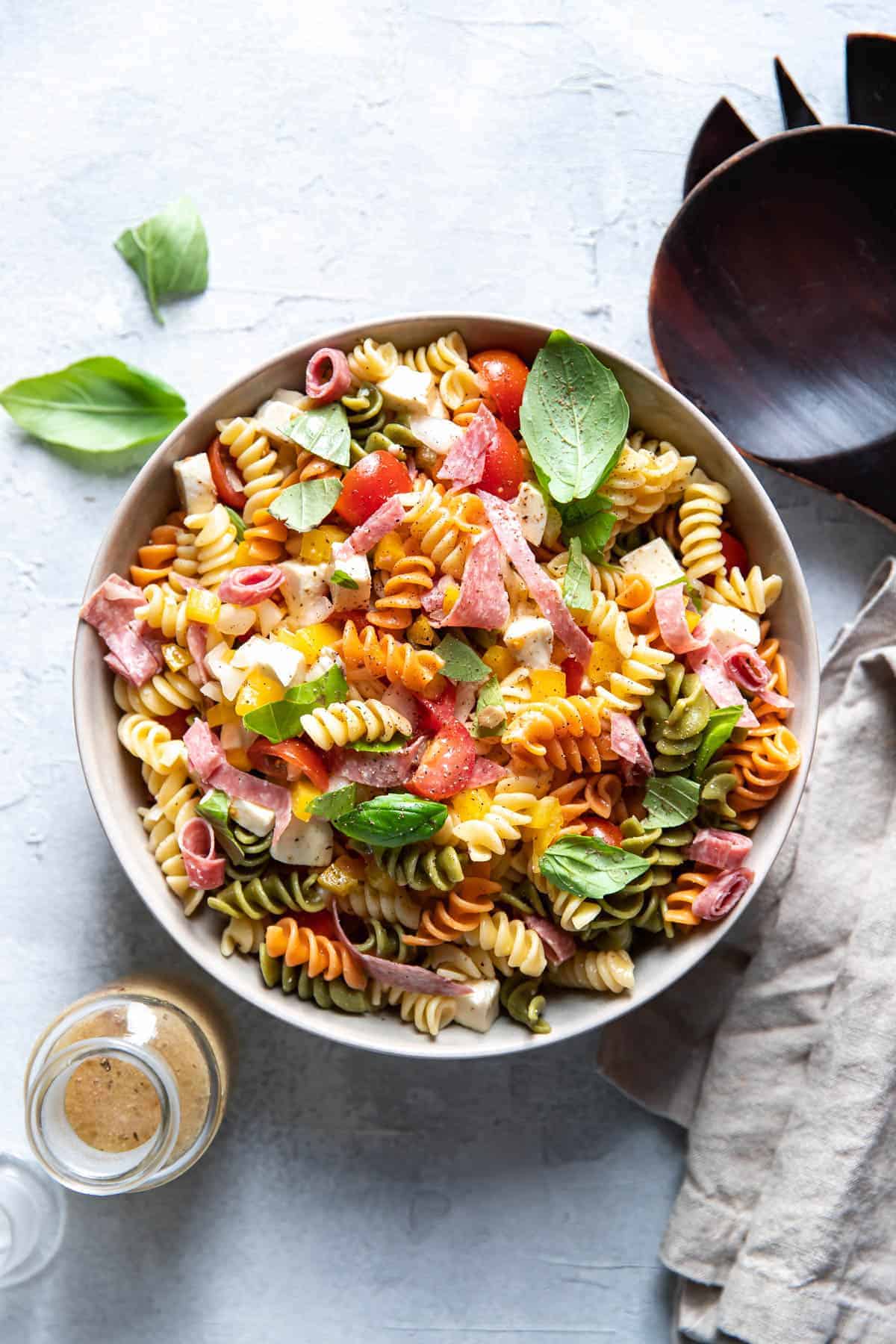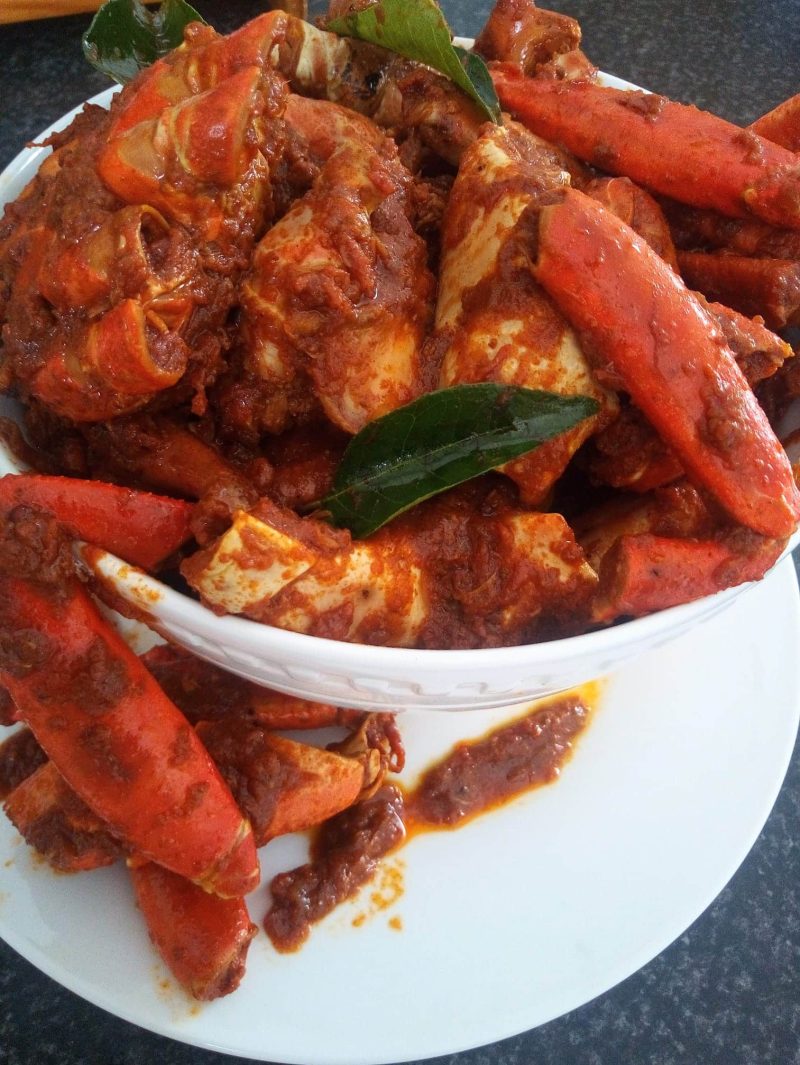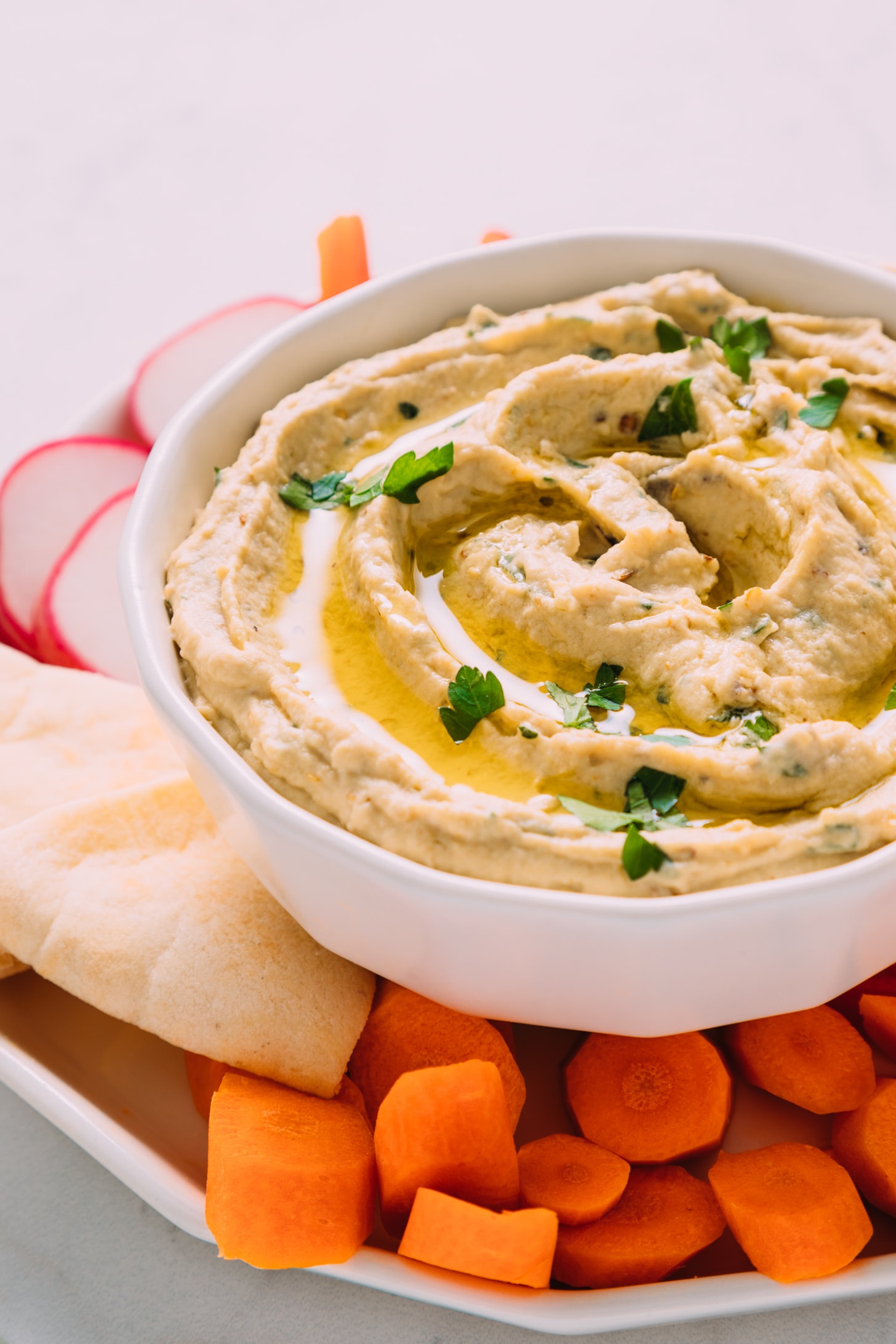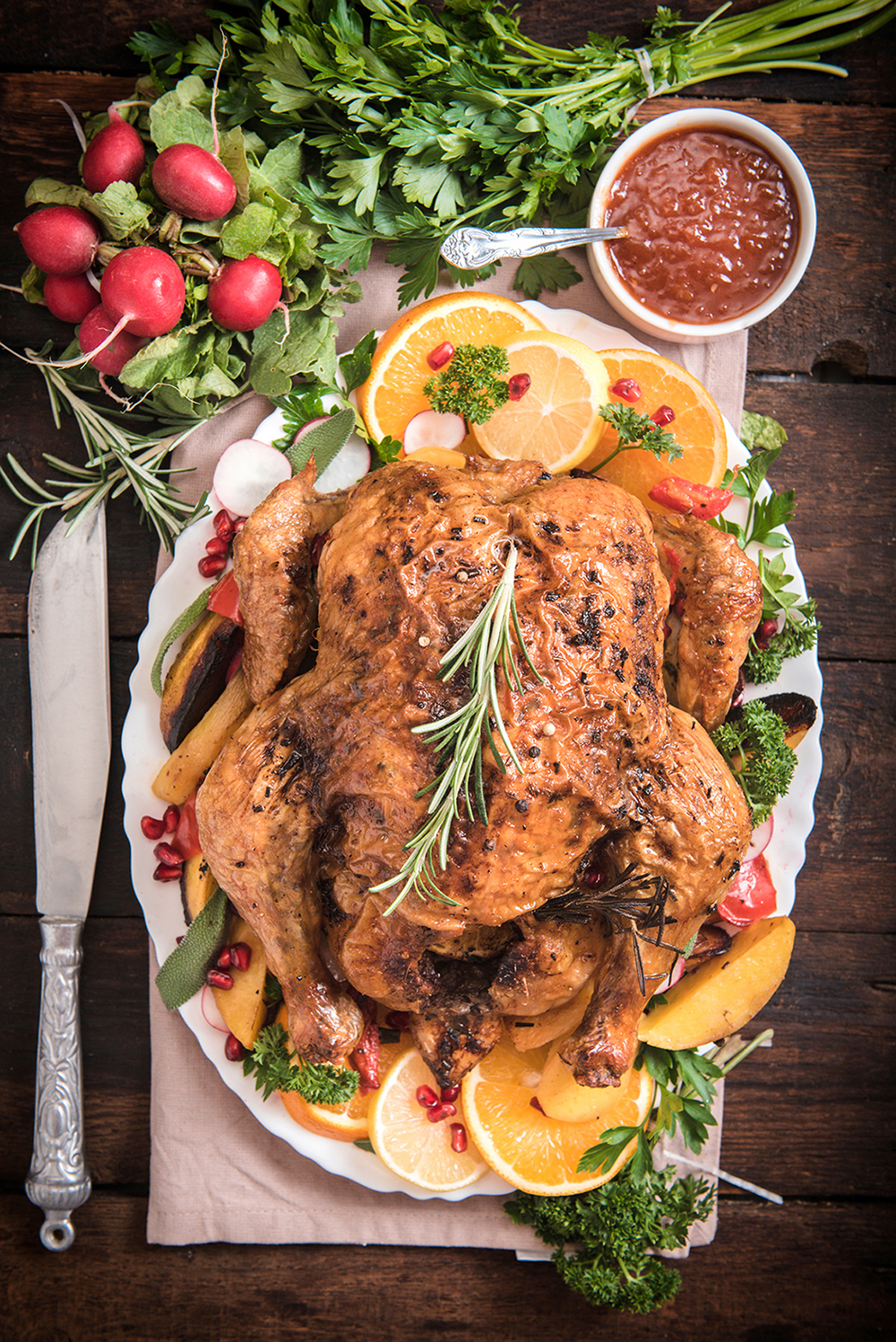Indonesian cuisine is a vibrant and diverse fusion of different cultures, influenced by its history and geography. One of the most popular and beloved dishes in Indonesia is the rice bowl. This humble yet flavorful dish is a staple in Indonesian households and street food stalls. It is a perfect balance of aromatic rice, savory protein, and a variety of colorful and flavorful toppings. In this article, we will take a closer look at the mouth-watering Indonesian rice bowl recipe and learn how to recreate it in our own kitchens.
The Base: Perfectly Steamed Rice
Choosing the Right Rice
When it comes to making a delicious rice bowl, the type of rice you use is crucial. In Indonesia, the most commonly used rice is
jasmine rice. Its long grains and fragrant aroma make it the perfect base for any rice dish. However, if jasmine rice is not available, you can also use
basmati rice or even regular long-grain rice.
Steaming the Rice to Perfection
To achieve the perfect texture and flavor, it is essential to steam the rice properly. Start by rinsing the rice in cold water until the water runs clear. Then, soak the rice in cold water for at least 30 minutes before cooking. This step helps to prevent the rice from becoming too sticky.
Use a rice cooker or a pot with a tight-fitting lid to steam the rice. Once the rice is cooked, fluff it with a fork and let it cool for a few minutes before using it in your rice bowl.
The Protein: A Burst of Flavor
Options for Protein
The protein component of an Indonesian rice bowl can vary depending on personal preference and availability. Traditional options include
grilled chicken,
beef rendang, and
tempeh (fermented soybean cake). However, you can also use
tofu,
shrimp, or even
egg as your protein source.
Marinating the Protein
To add depth of flavor to your protein, it is best to marinate it before cooking. A simple marinade of
soy sauce, garlic, ginger, and brown sugar can work well with any protein option. You can also add
lemongrass, chili, and lime juice for a more authentic Indonesian taste.
The Toppings: A Burst of Colors and Textures
Traditional Toppings
Indonesian rice bowls are known for their bright and colorful toppings, which add freshness and crunch to the dish. Some popular toppings include
shredded carrots, cucumber, tomatoes, and bean sprouts. These toppings not only add a burst of color to your rice bowl but also provide a variety of textures.
Adding a Personal Touch
While traditional toppings are a must, don't be afraid to add your own twist to your rice bowl.
Sliced avocado, roasted sweet potatoes, and pickled vegetables are some creative options that add a unique flavor profile to the dish.
In conclusion, an Indonesian rice bowl is a perfect representation of the country's diverse and flavorful cuisine. By following these tips and incorporating your own personal touch, you can recreate this delicious dish in your own kitchen. So, gather your ingredients and start cooking your very own Indonesian rice bowl today!
HTML code:
The Base: Perfectly Steamed Rice
Choosing the Right Rice
When it comes to making a delicious rice bowl, the type of rice you use is crucial. In Indonesia, the most commonly used rice is jasmine rice. Its long grains and fragrant aroma make it the perfect base for any rice dish. However, if jasmine rice is not available, you can also use basmati rice or even regular long-grain rice.
Steaming the Rice to Perfection
To achieve the perfect texture and flavor, it is essential to steam the rice properly. Start by rinsing the rice in cold water until the water runs clear. Then, soak the rice in cold water for at least 30 minutes before cooking. This step helps to prevent the rice from becoming too sticky. Use a rice cooker or a pot with a tight-fitting lid to steam the rice. Once the rice is cooked, fluff it with a fork and let it cool for a few minutes before using it in your rice bowl.
The Protein: A Burst of Flavor
Options for Protein
The protein component of an Indonesian rice bowl can vary depending on personal preference and availability. Traditional options include grilled chicken, beef rendang, and tempeh (fermented soybean cake). However, you can also use tofu, shrimp, or even egg as your protein source.
Marinating the Protein
To add depth of flavor to your protein, it is best to marinate it before cooking. A simple marinade of soy sauce, garlic, ginger, and brown sugar can work well with any protein option. You can also add lemongrass, chili, and lime juice for a more authentic Indonesian taste.
The Toppings: A Burst of Colors and Textures
Traditional Toppings
Indonesian rice bowls are known for their bright and colorful toppings, which add freshness and crunch to the dish. Some popular toppings include shredded carrots, cucumber, tomatoes, and bean sprouts. These toppings not only add a burst of color to your rice bowl but also provide a variety of textures.
Adding a Personal Touch
While traditional toppings are a must, don't be afraid to add your own twist to your rice bowl. Sliced avocado, roasted sweet potatoes, and pickled vegetables are some creative options that add a unique flavor profile to the dish.
In conclusion, an Indonesian rice bowl is a perfect representation of the country's diverse and flavorful cuisine. By following these tips and incorporating your own personal touch, you can recreate this delicious dish in your own kitchen. So, gather your ingredients and start cooking your very own Indonesian rice bowl today!

